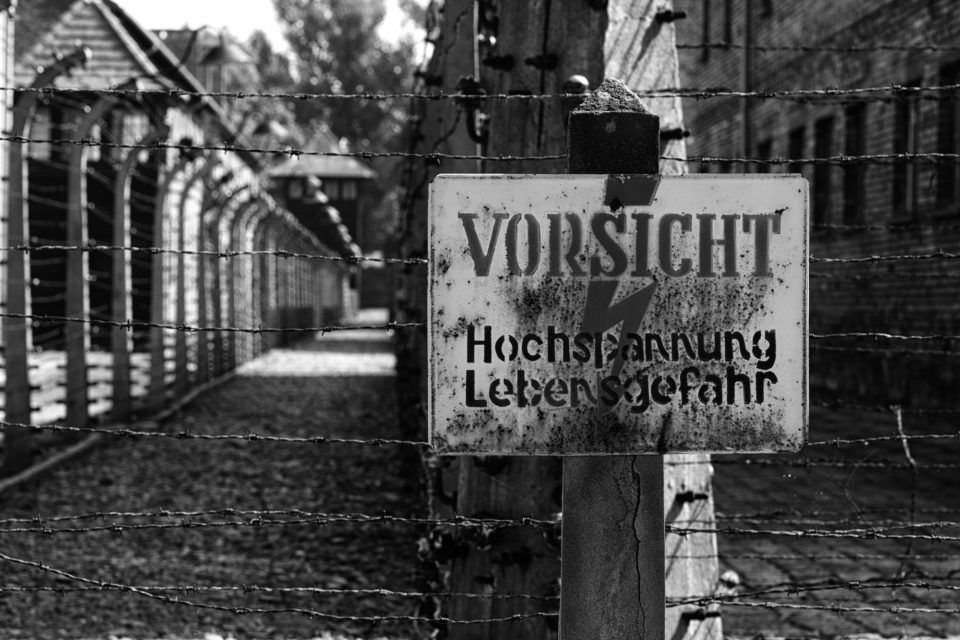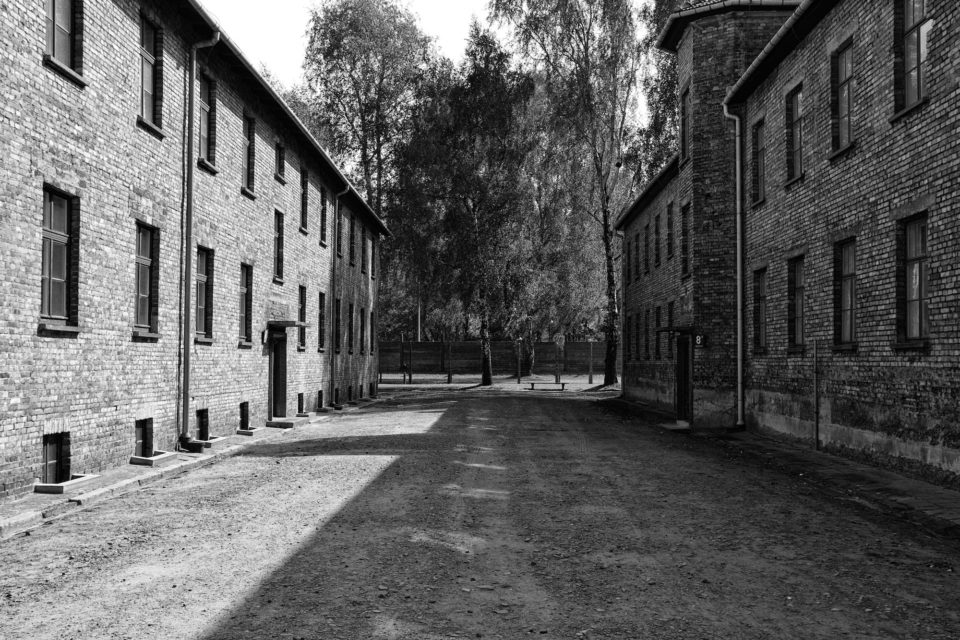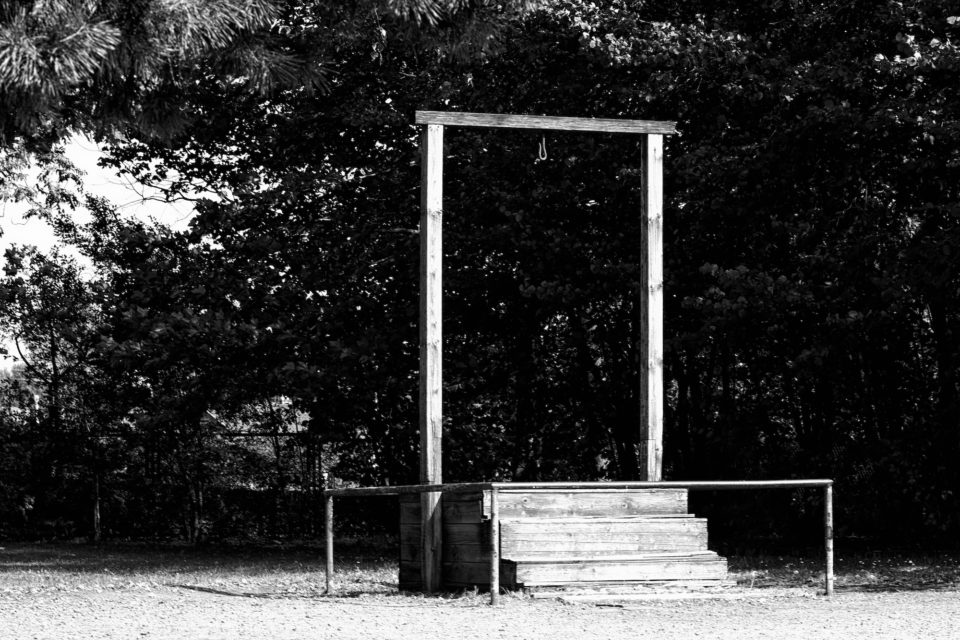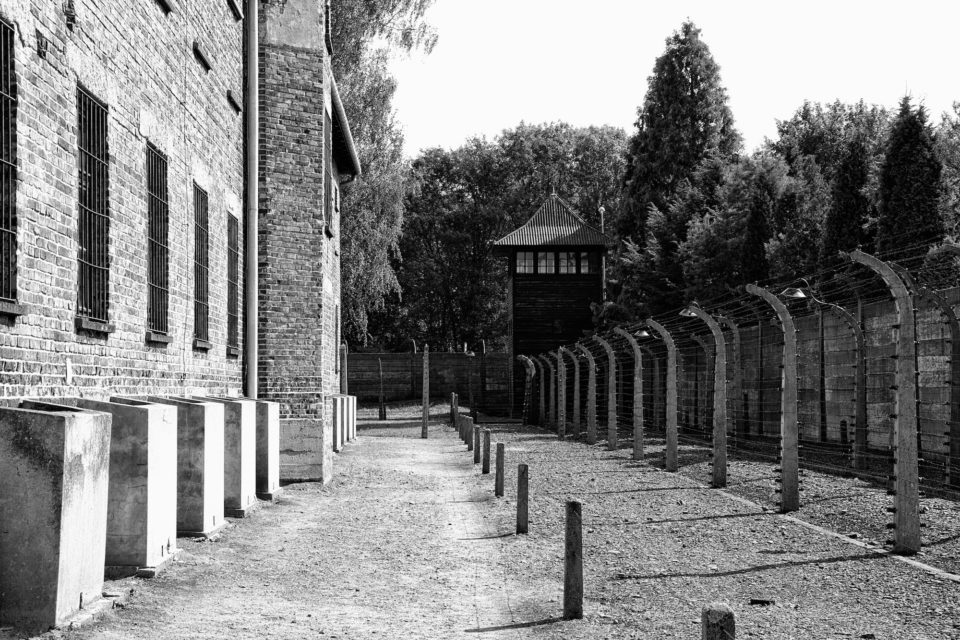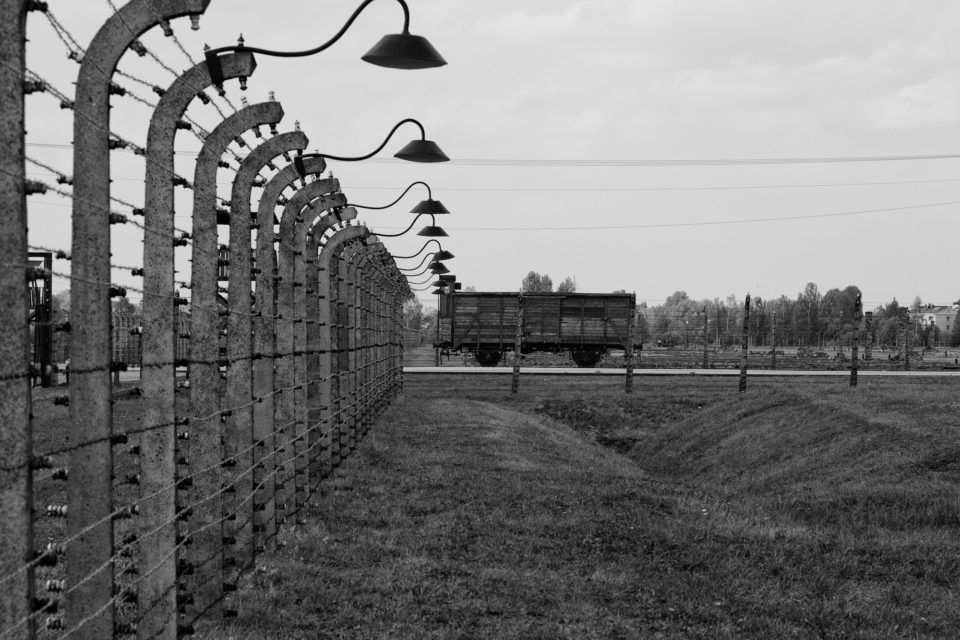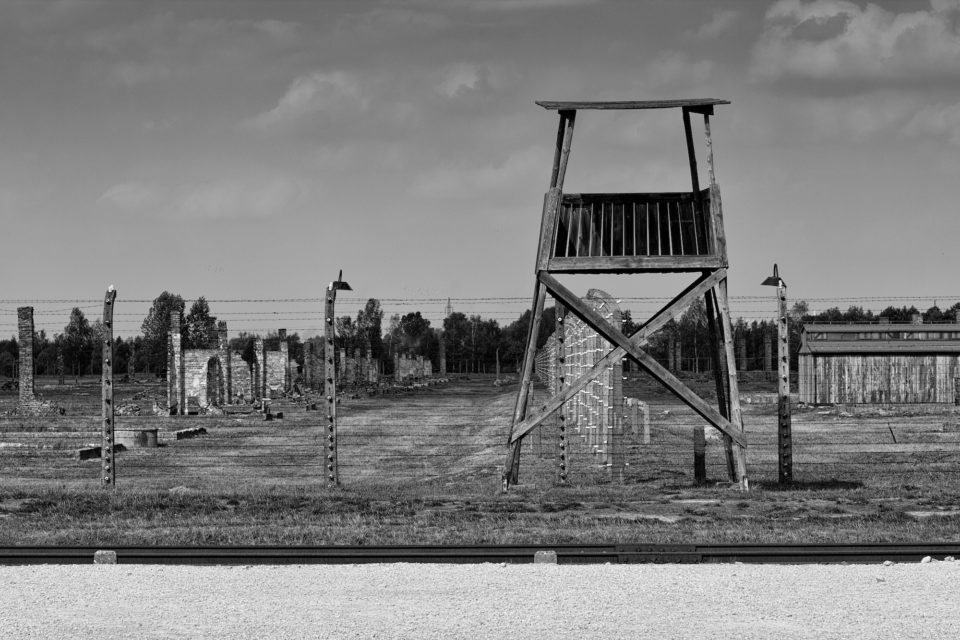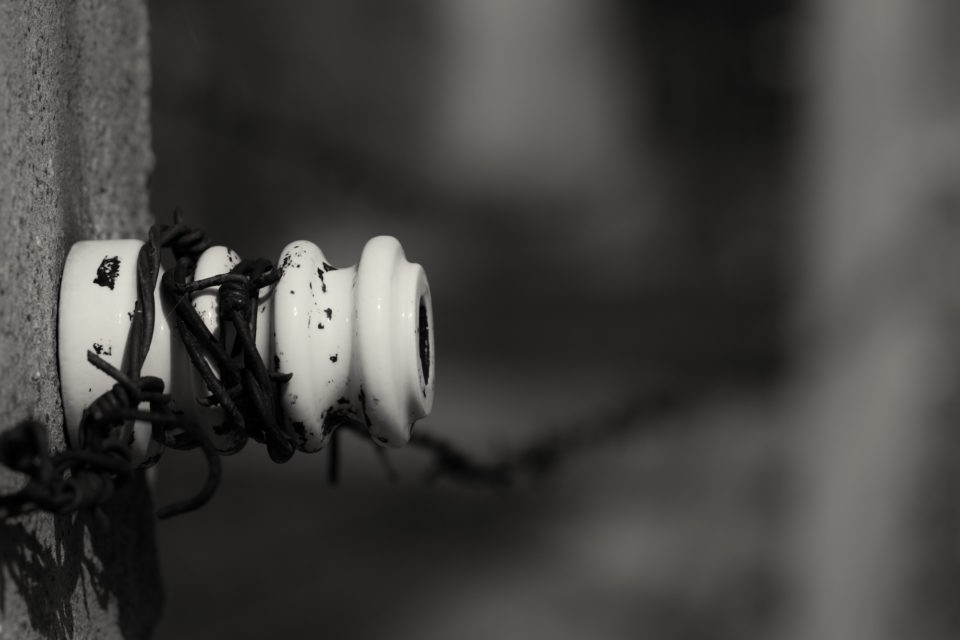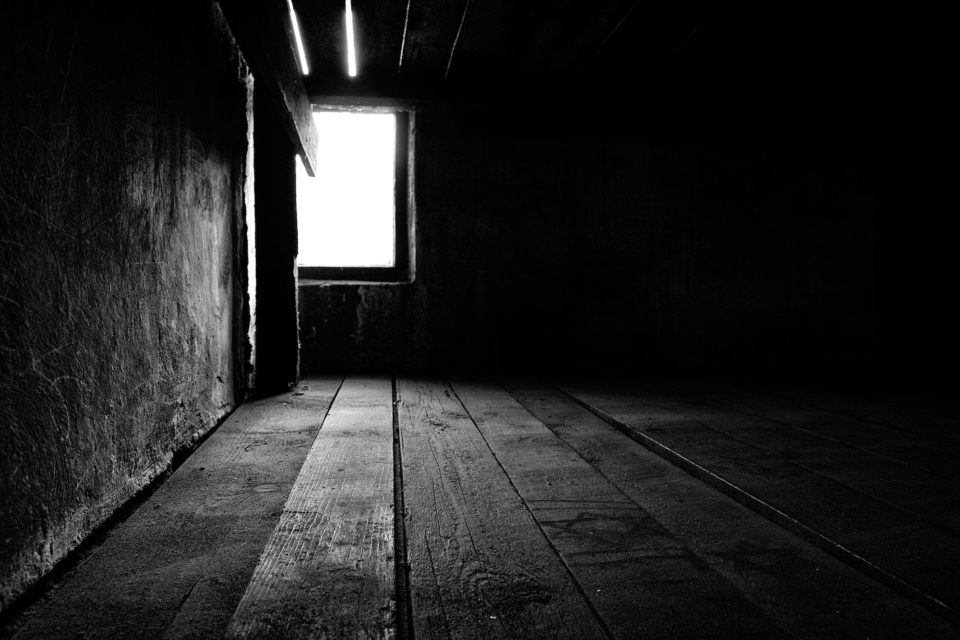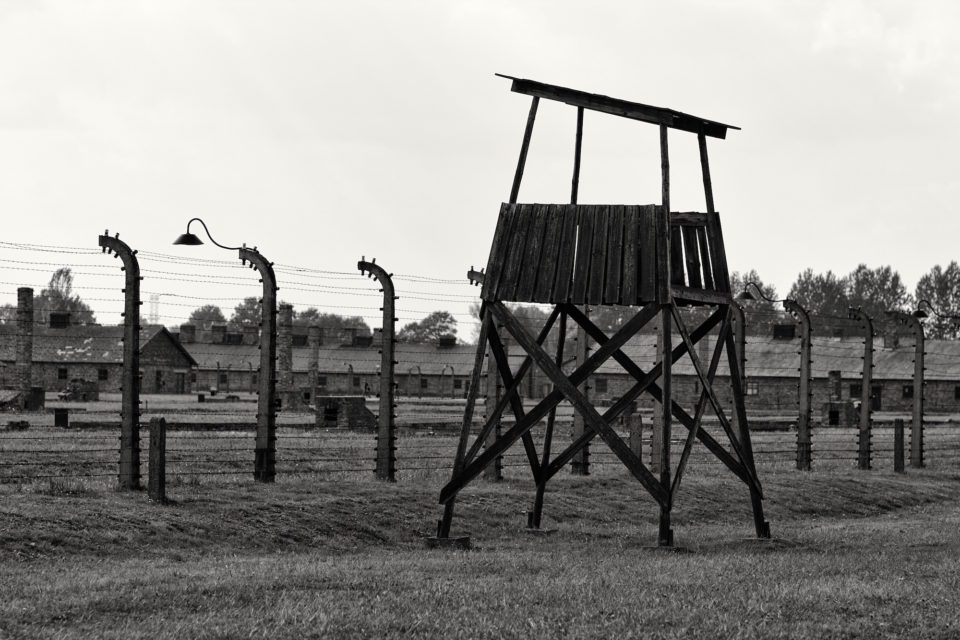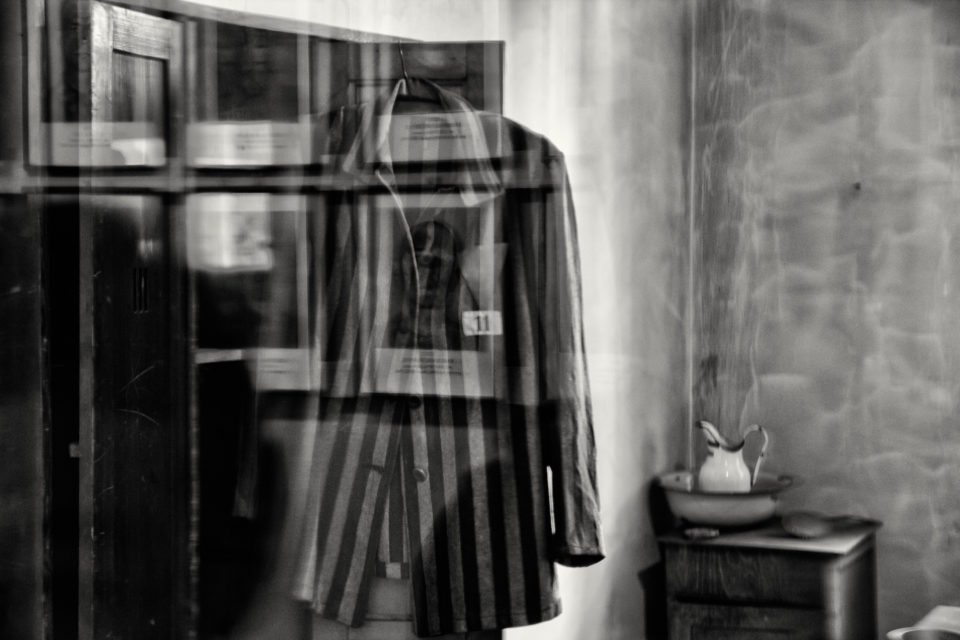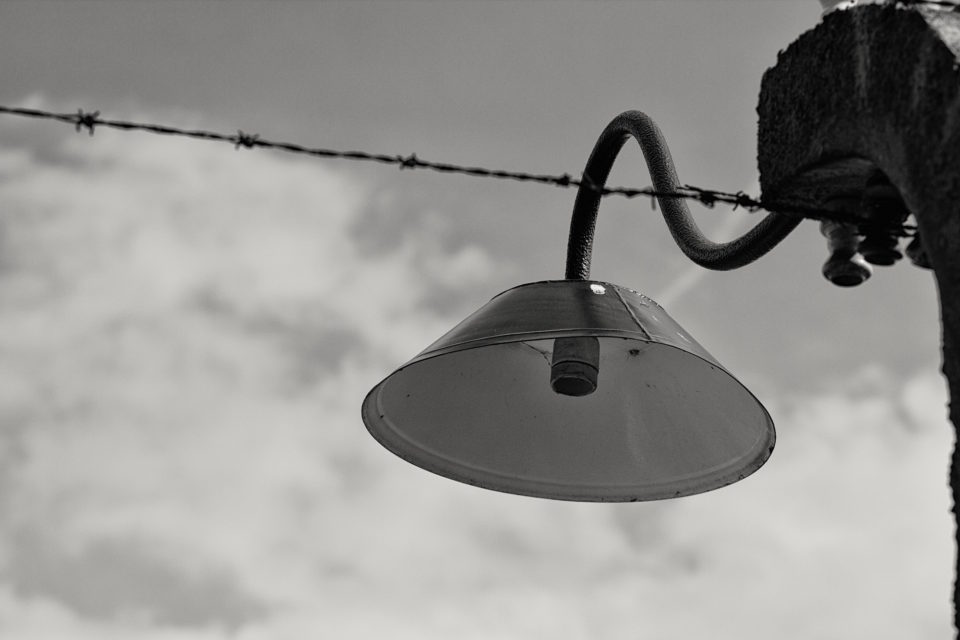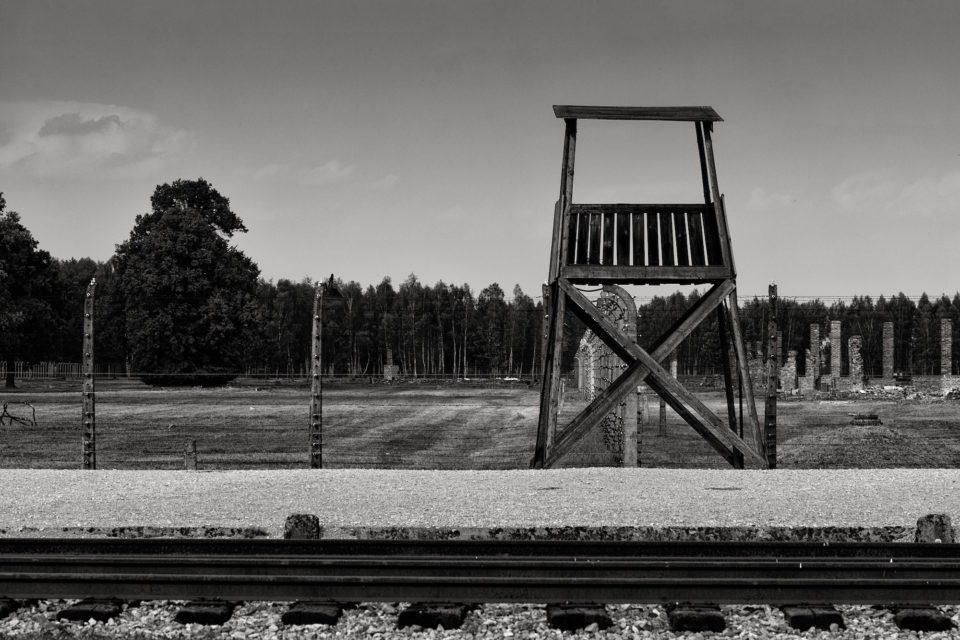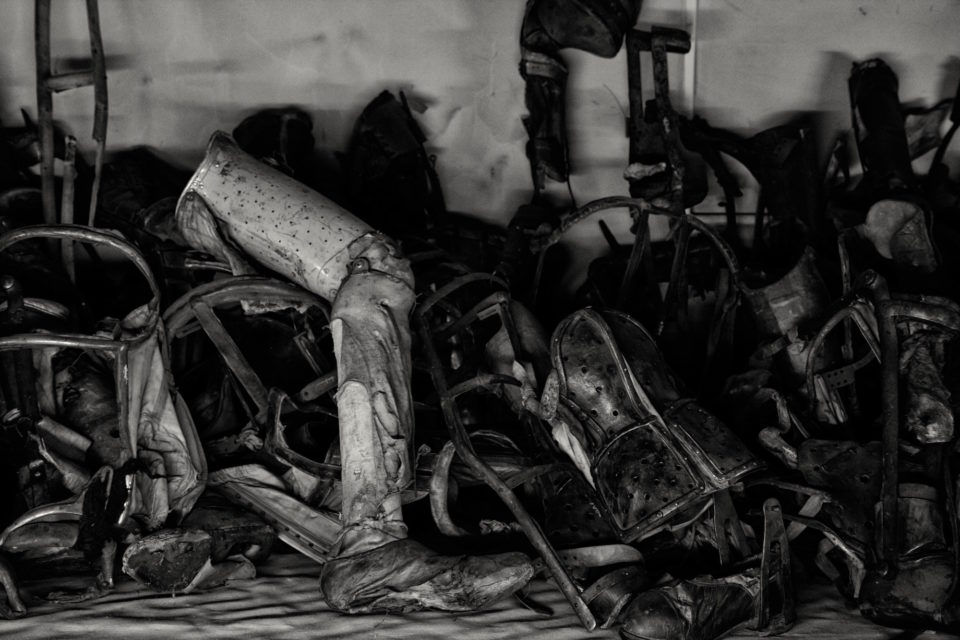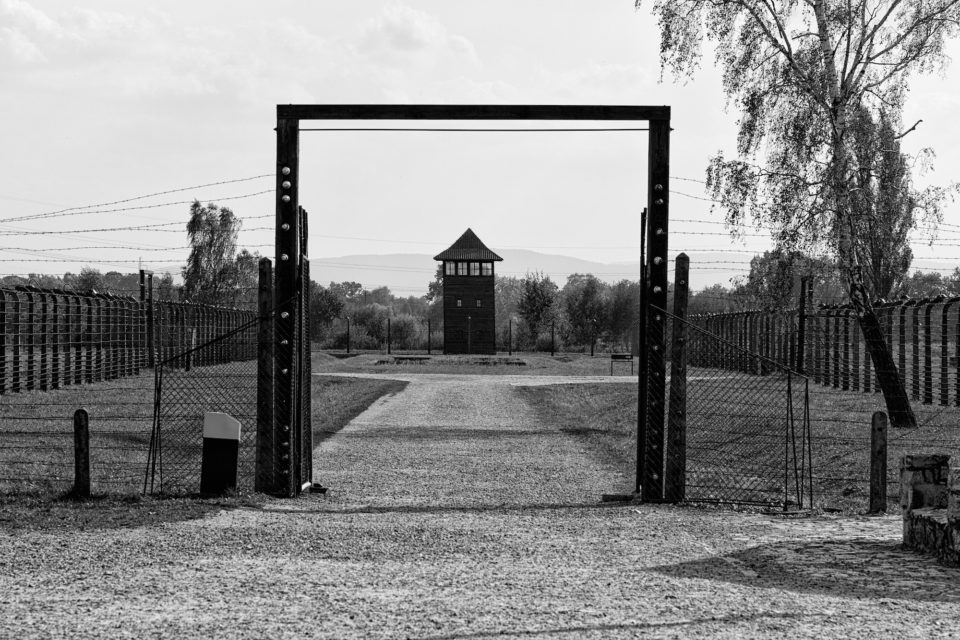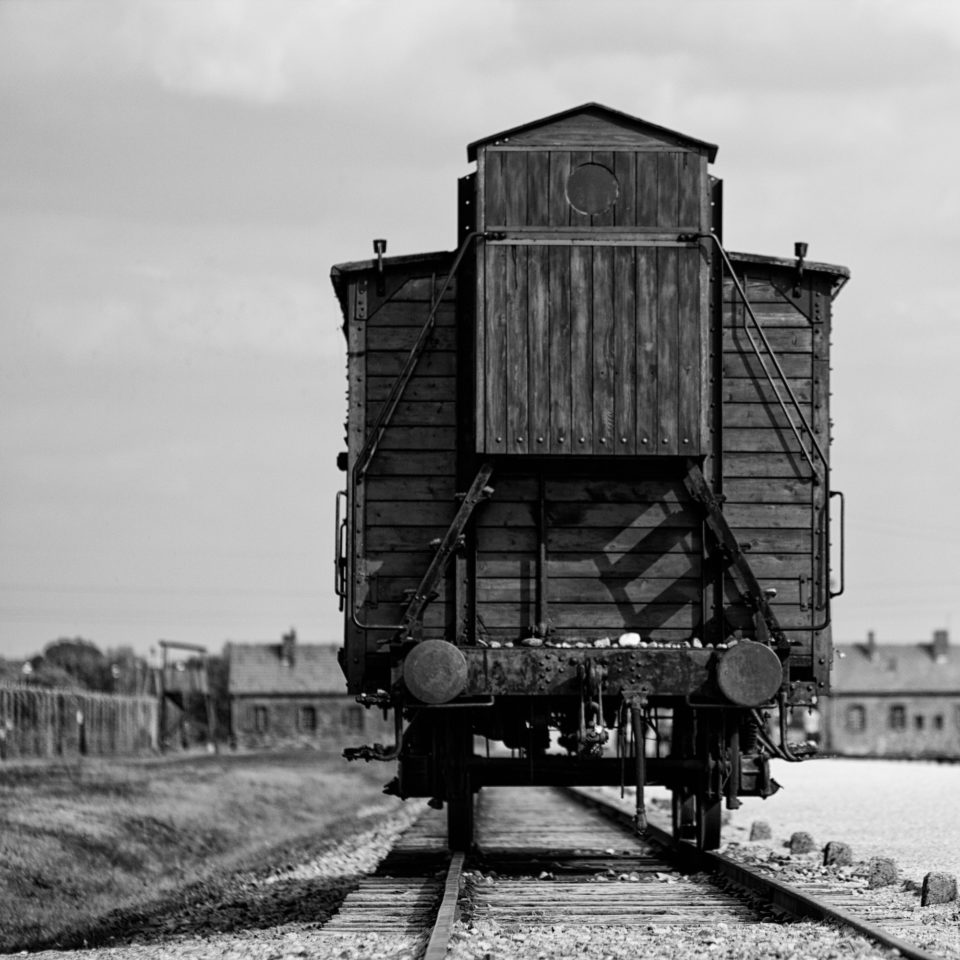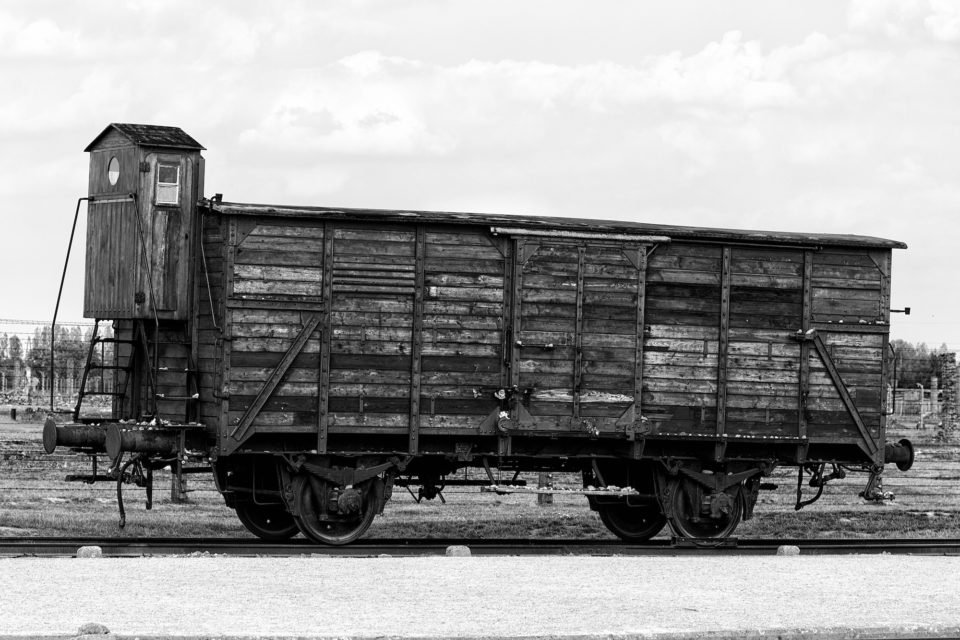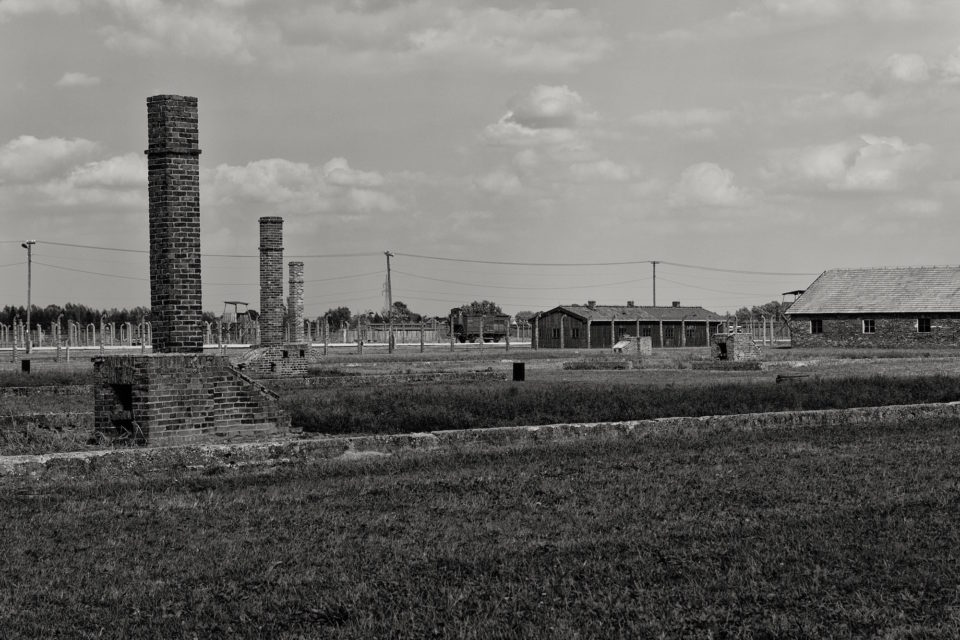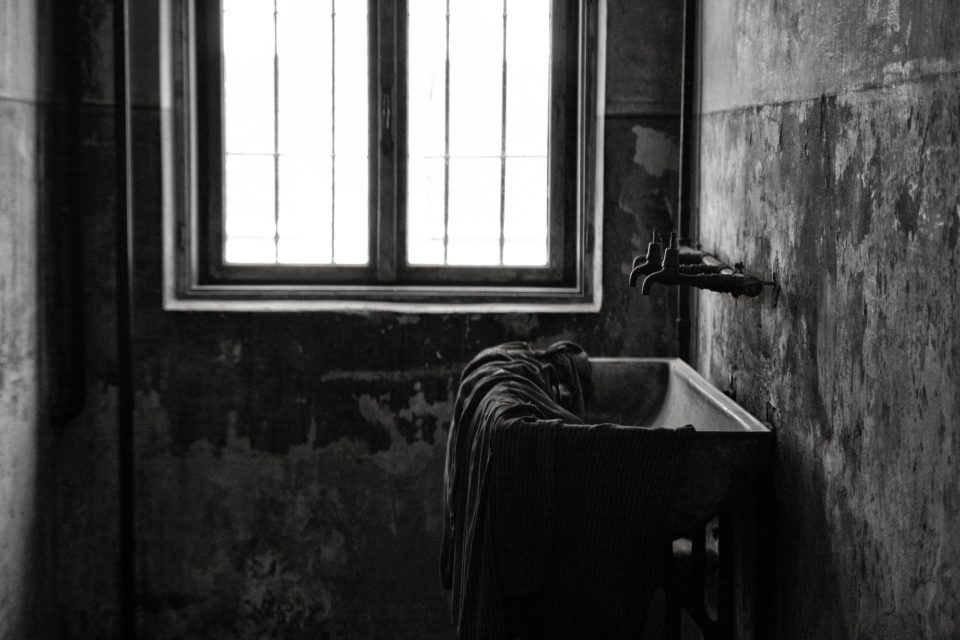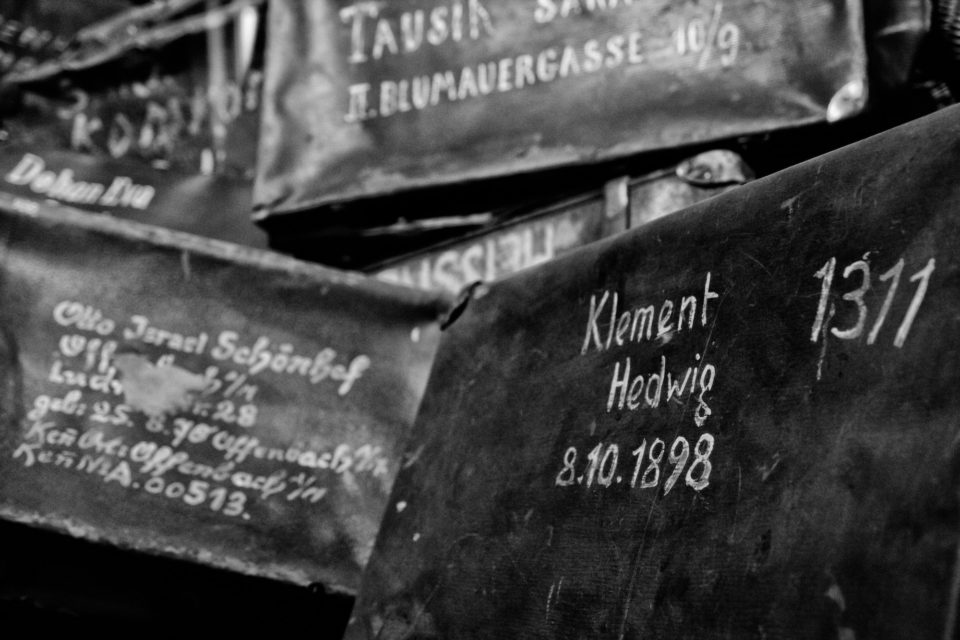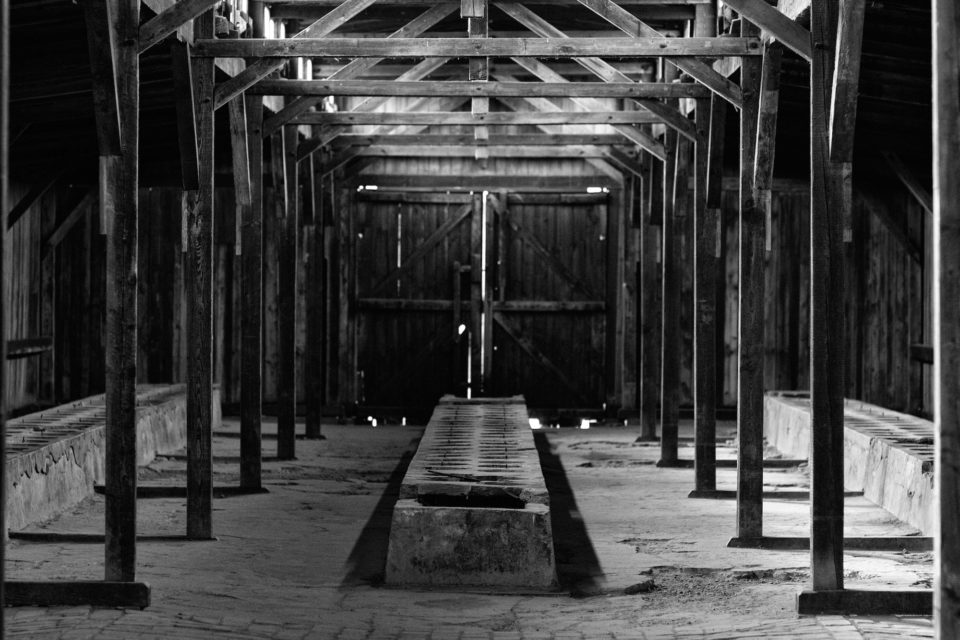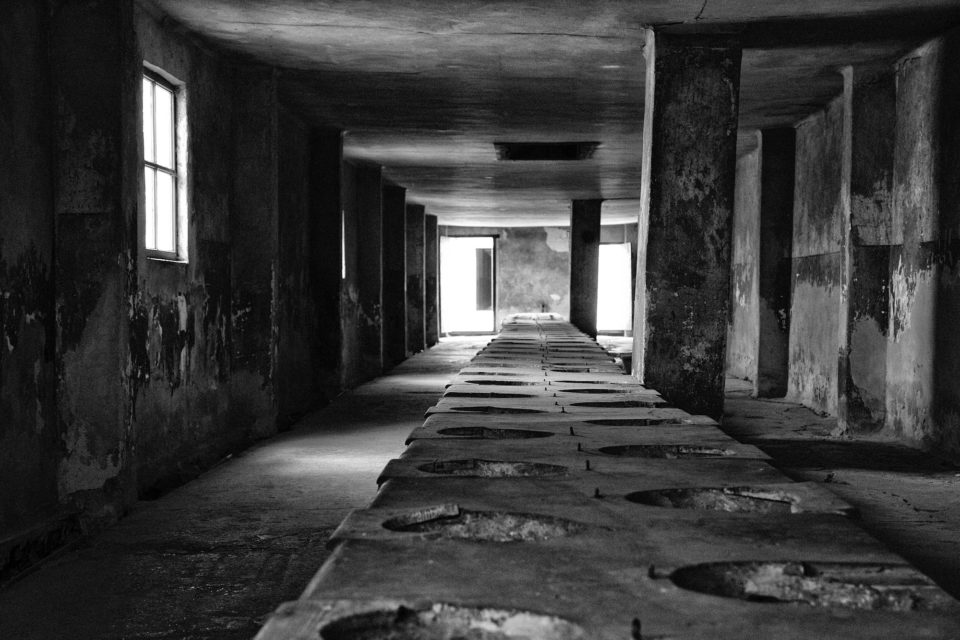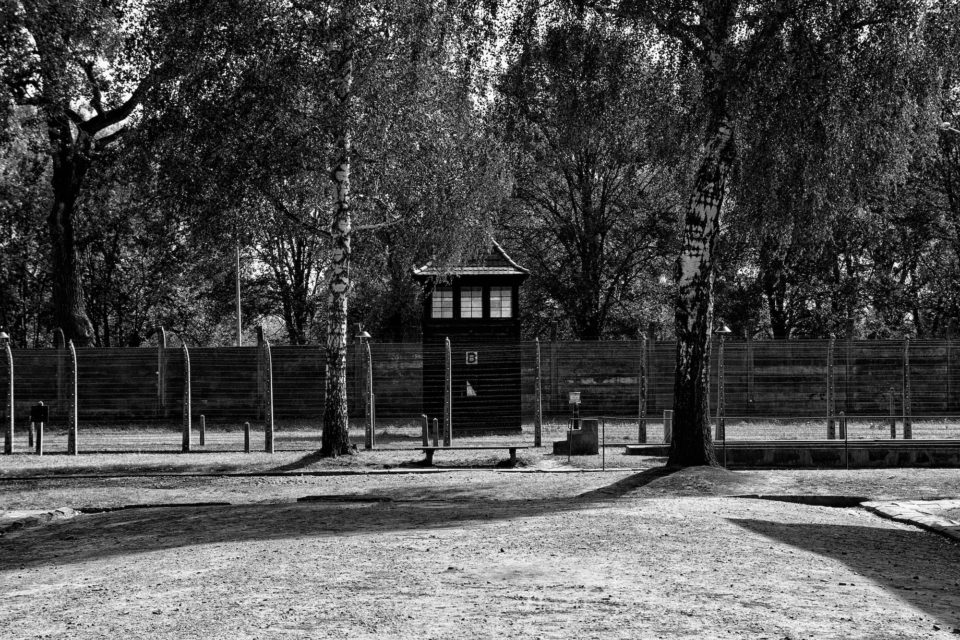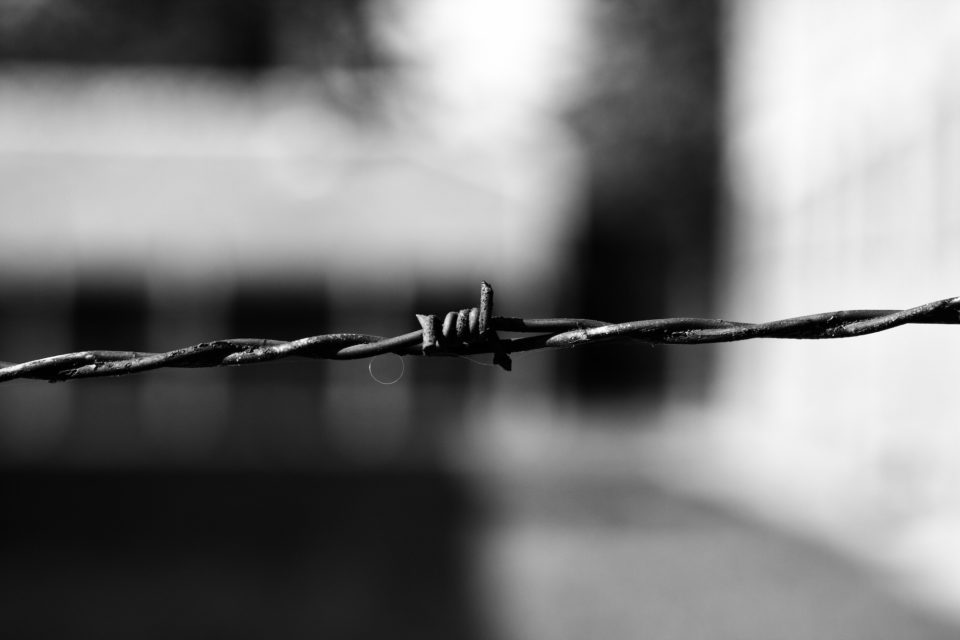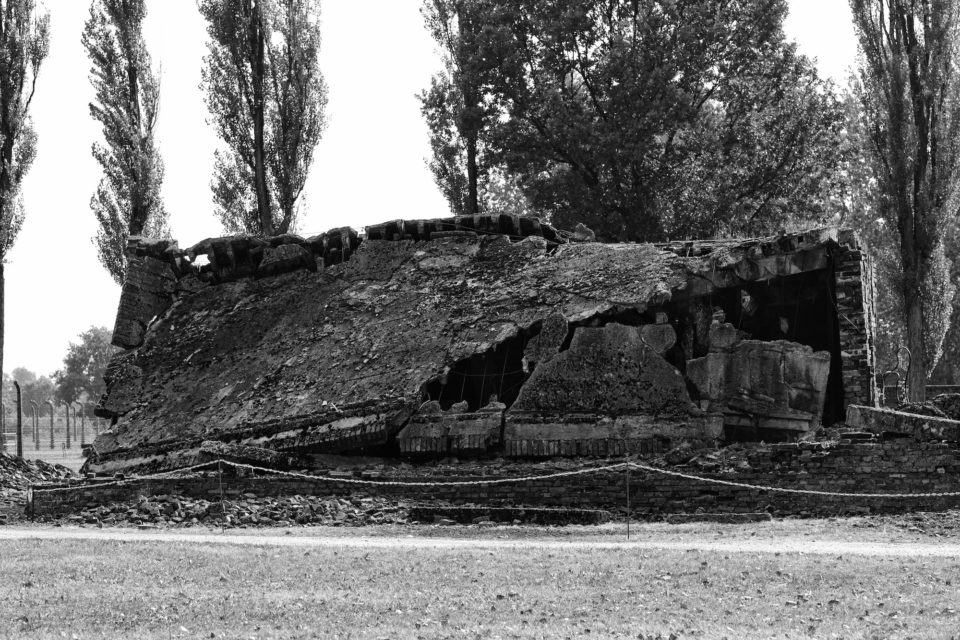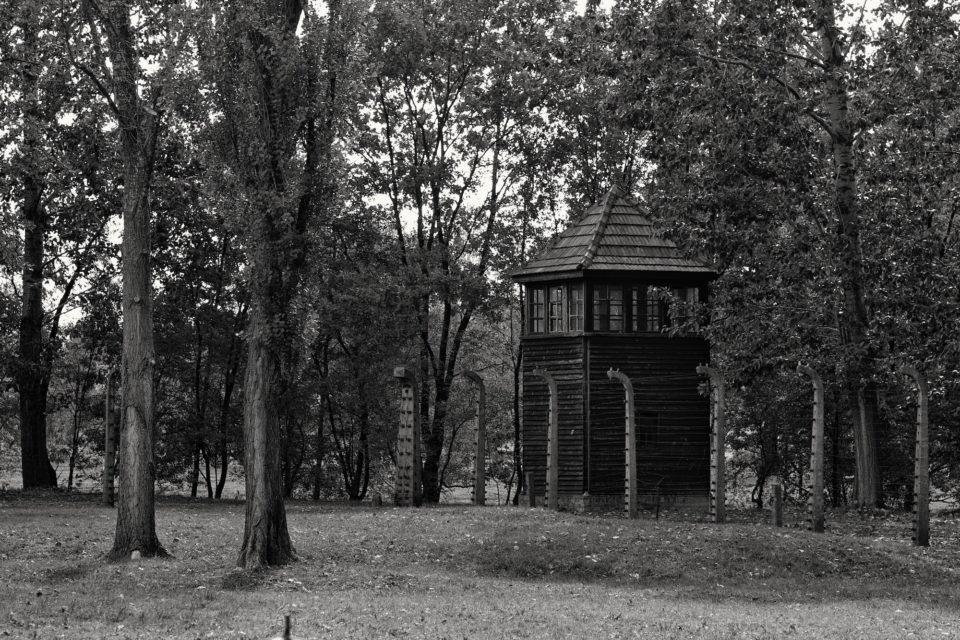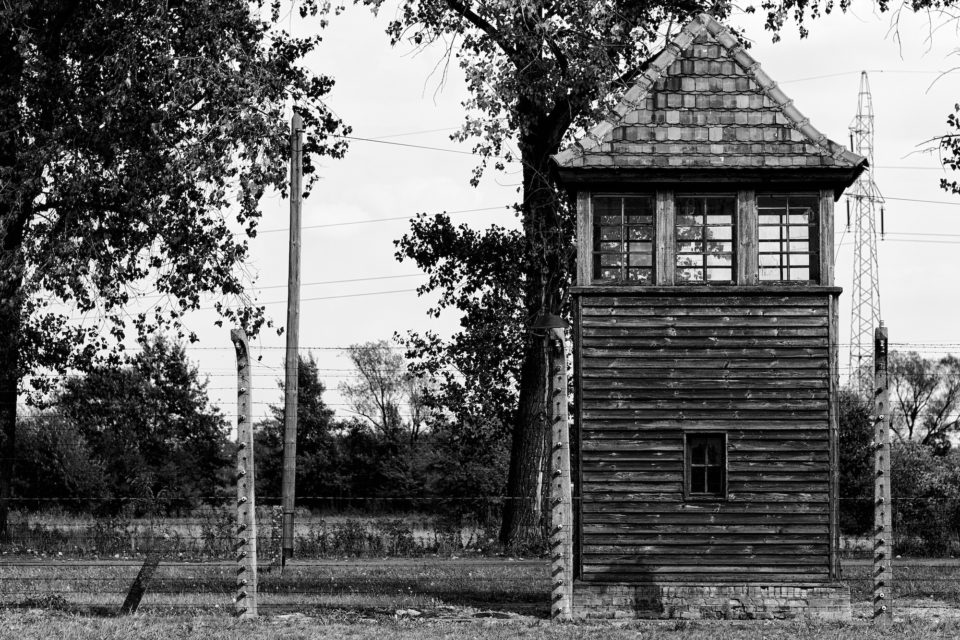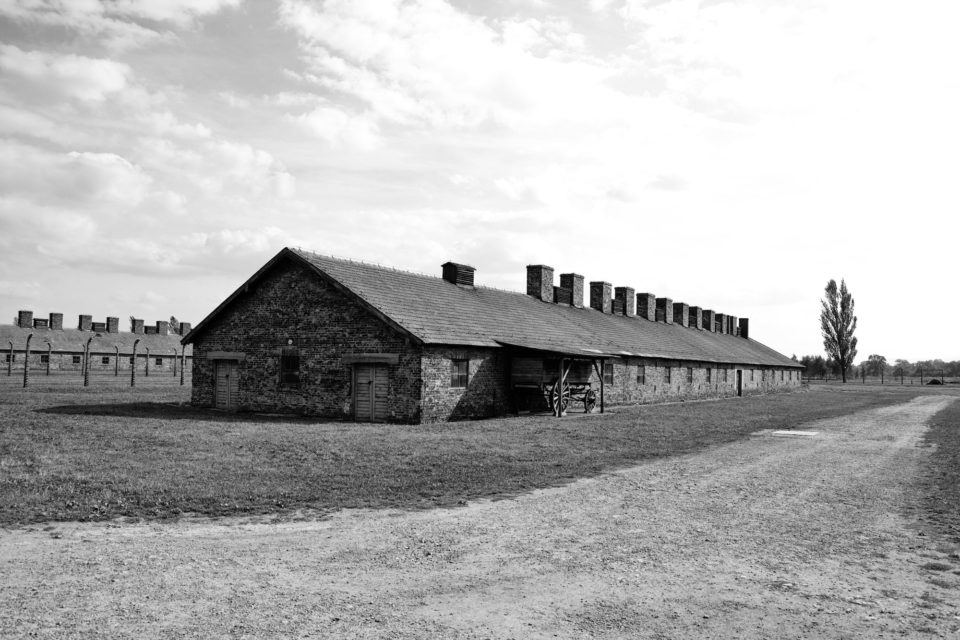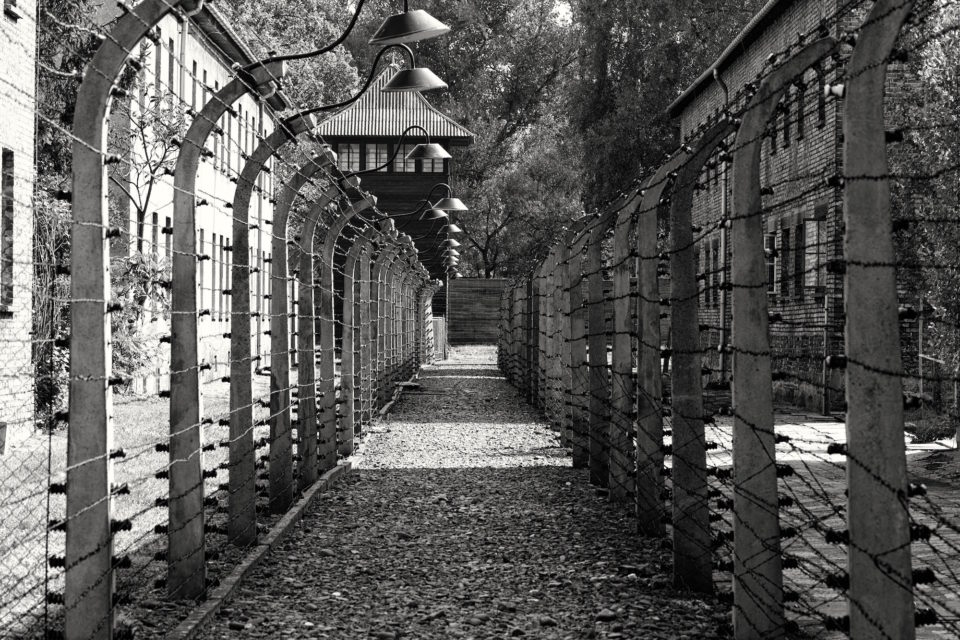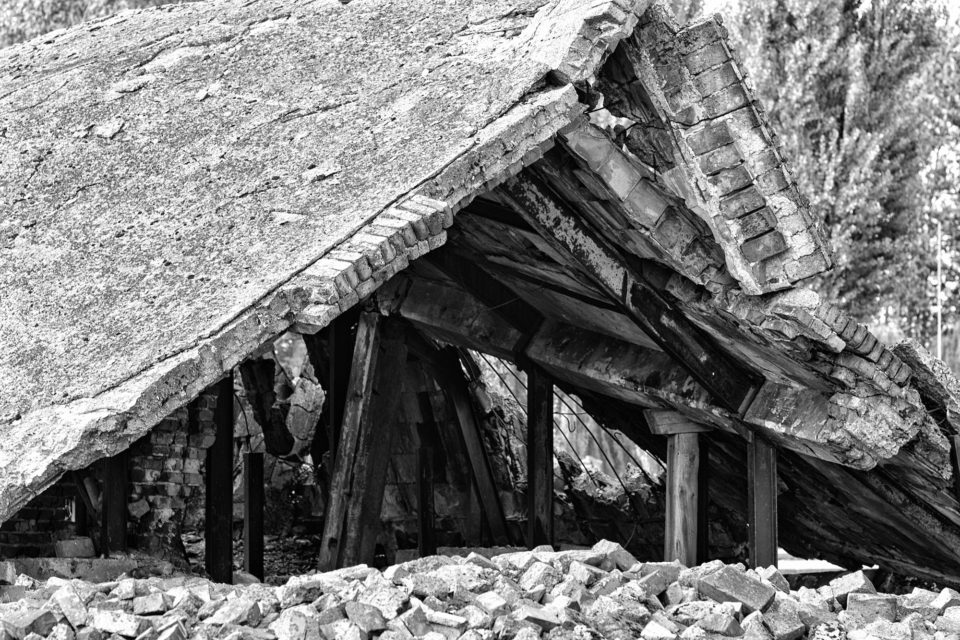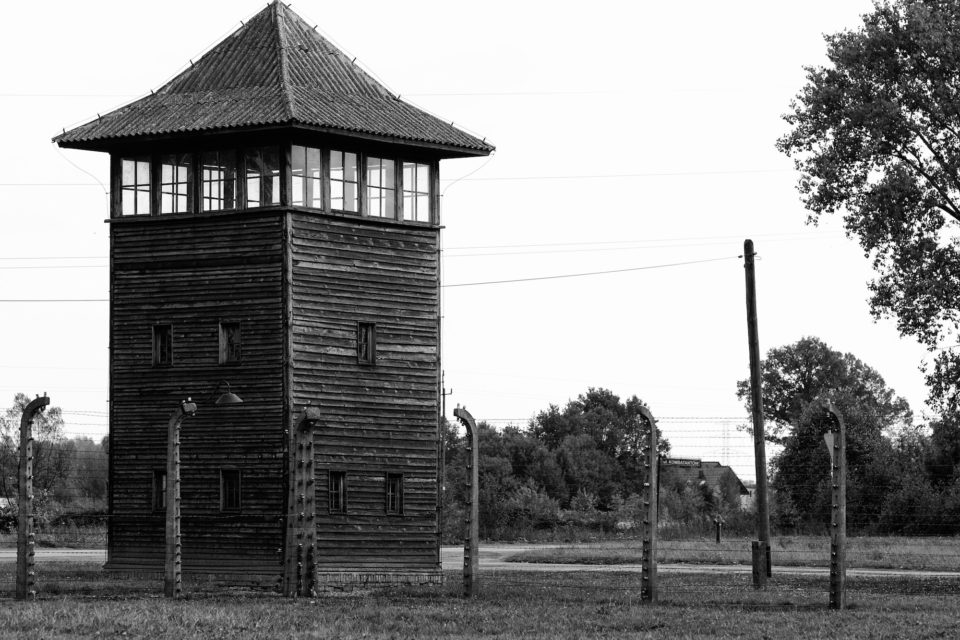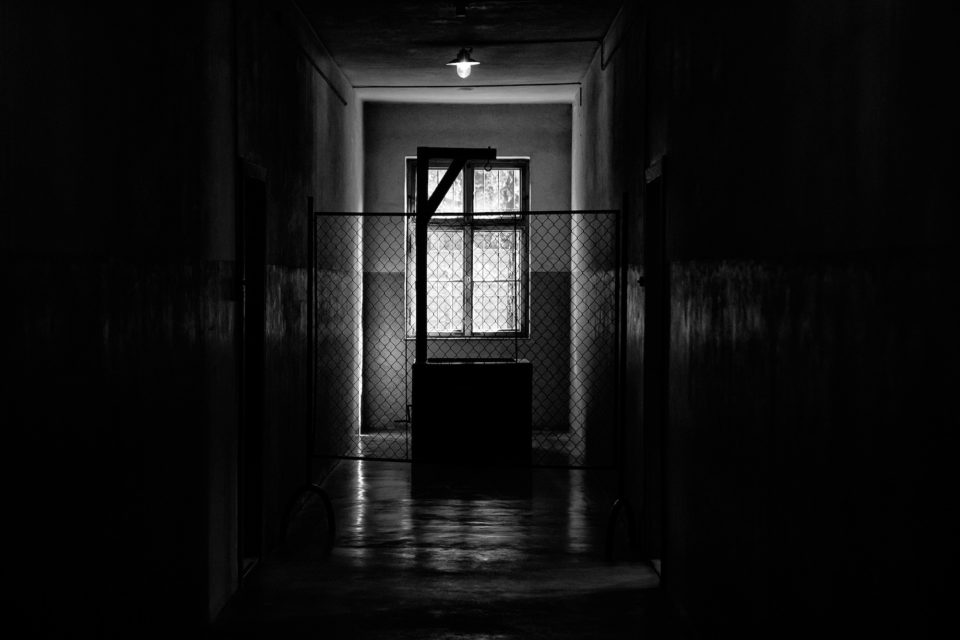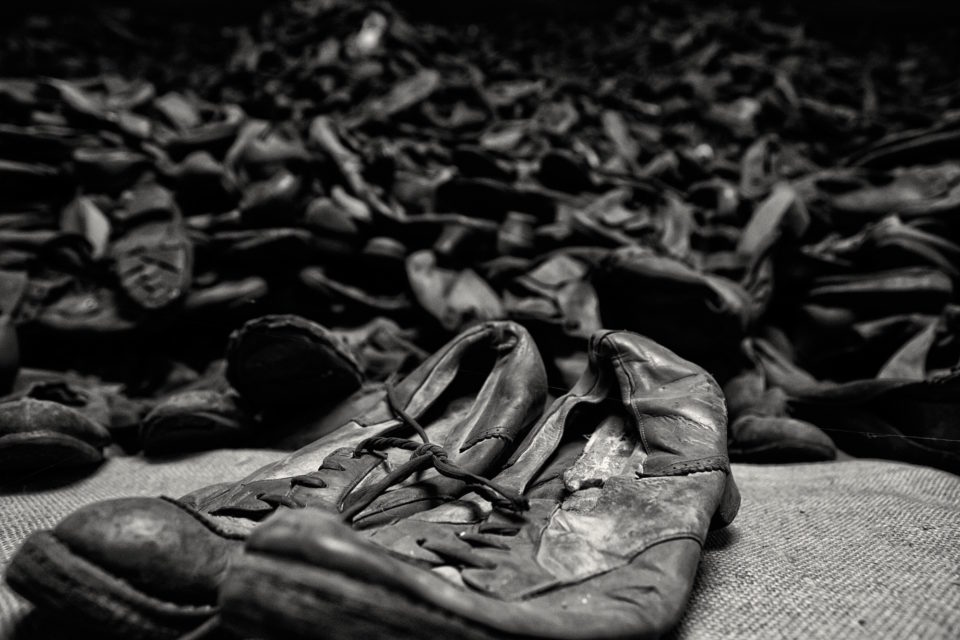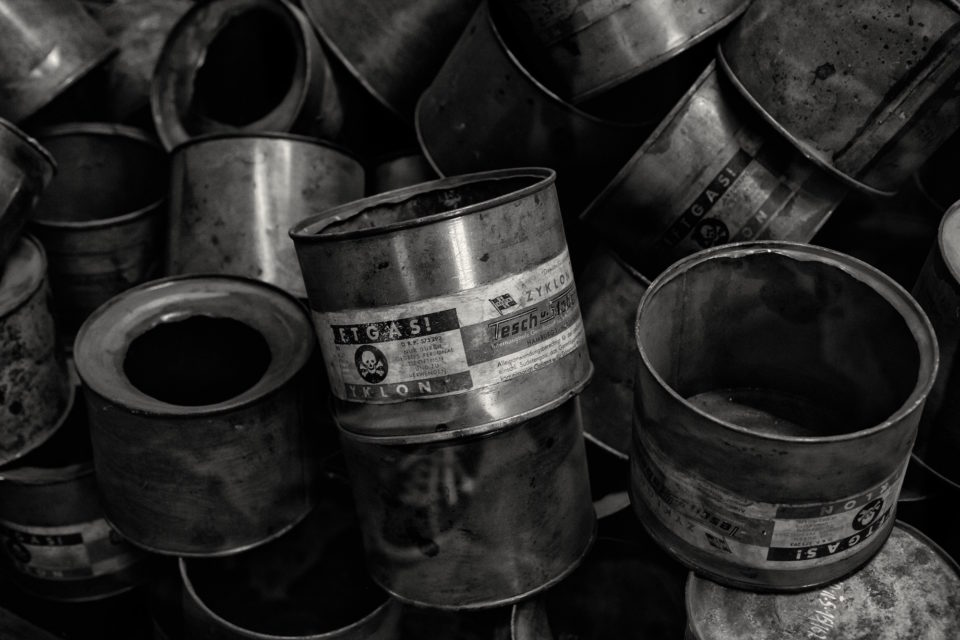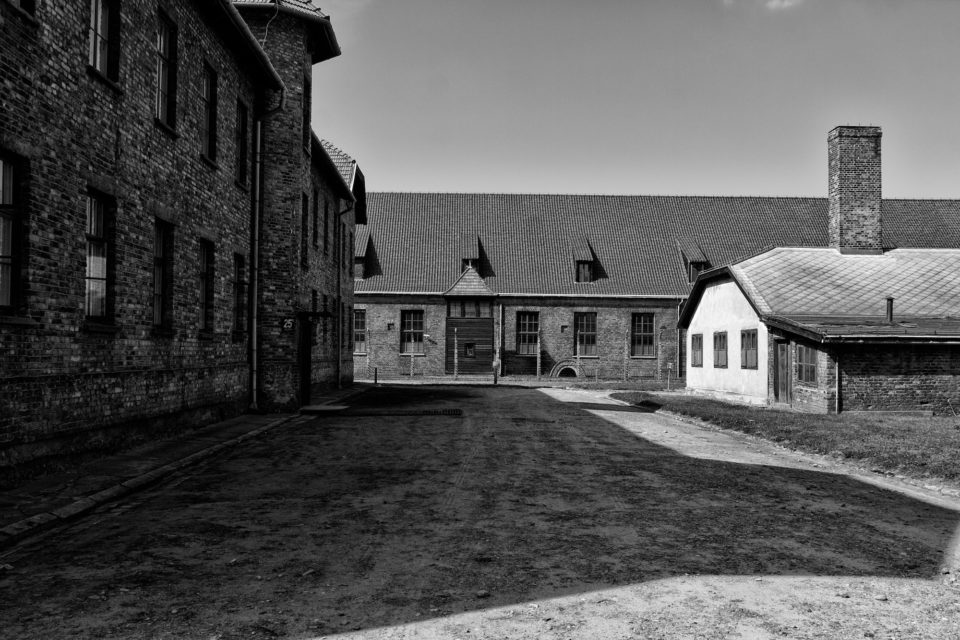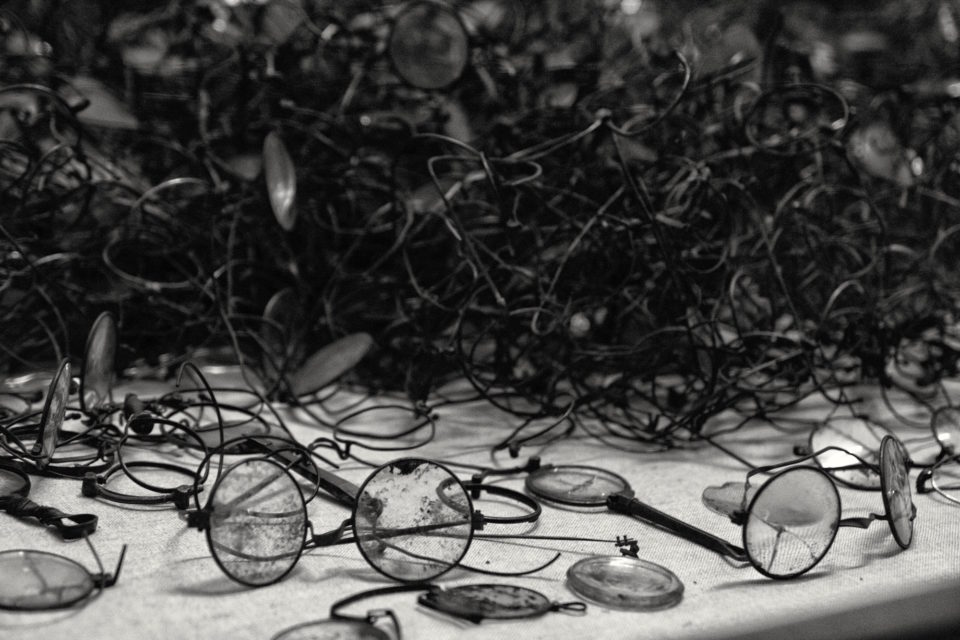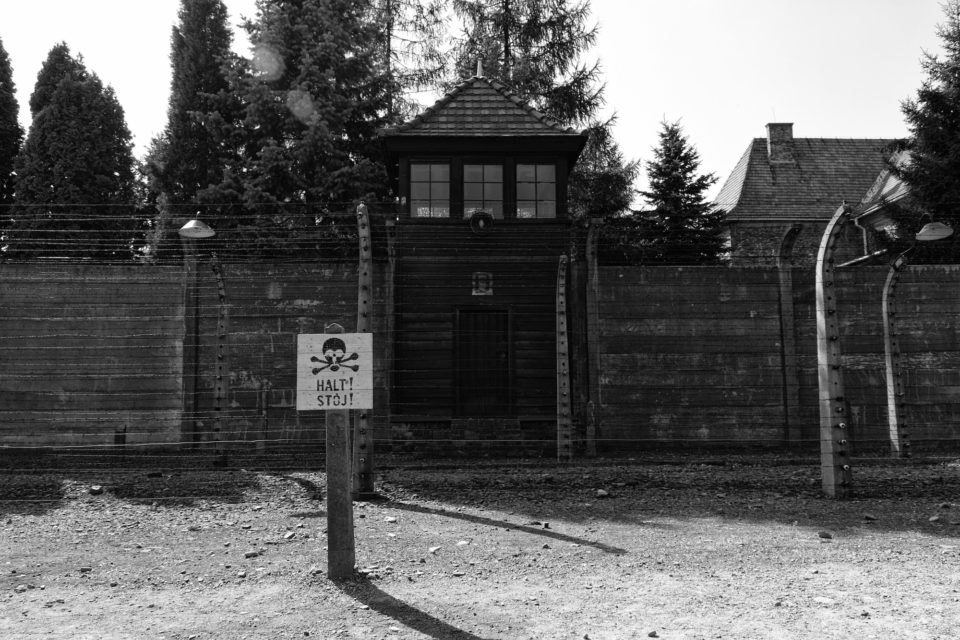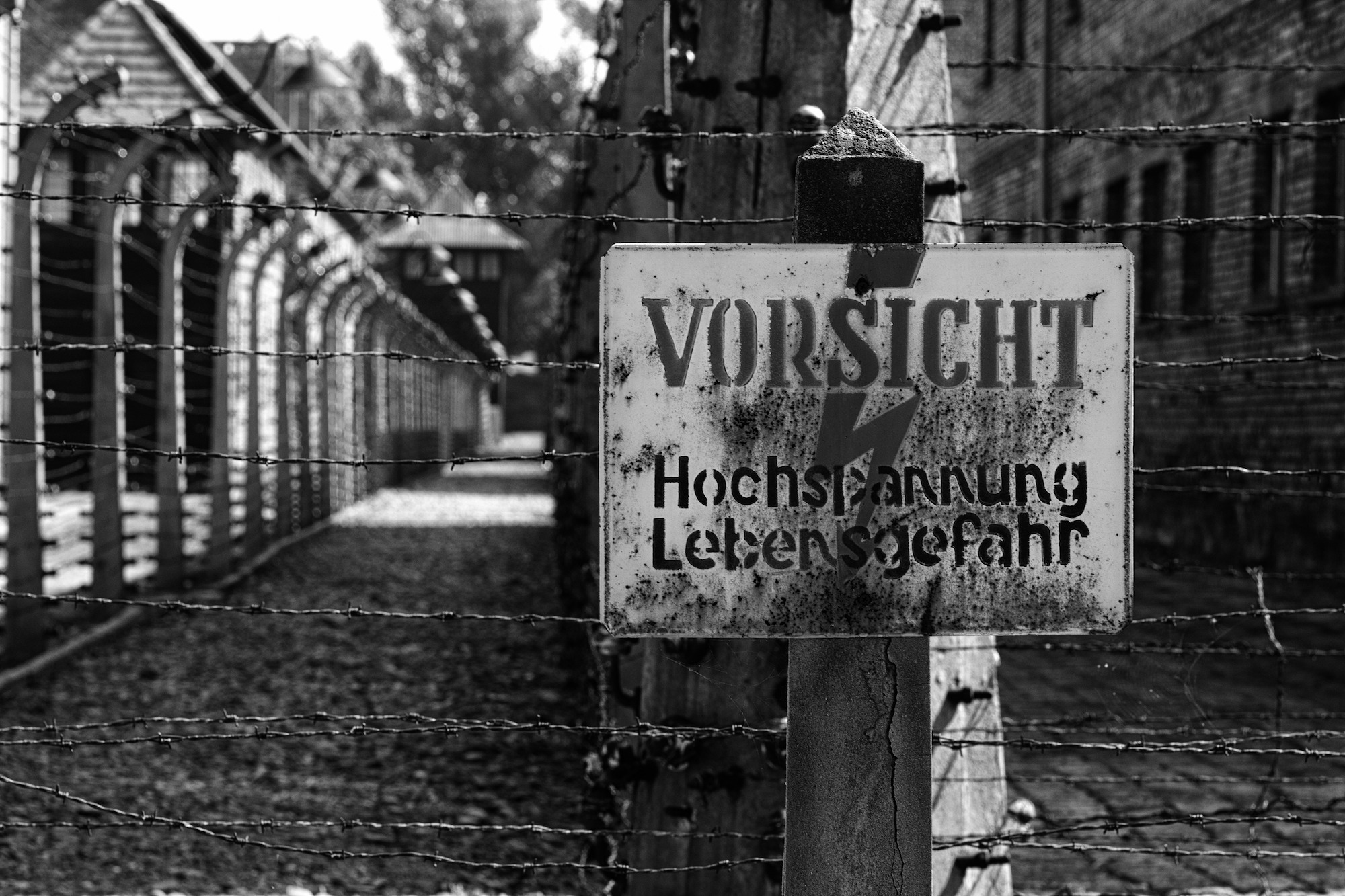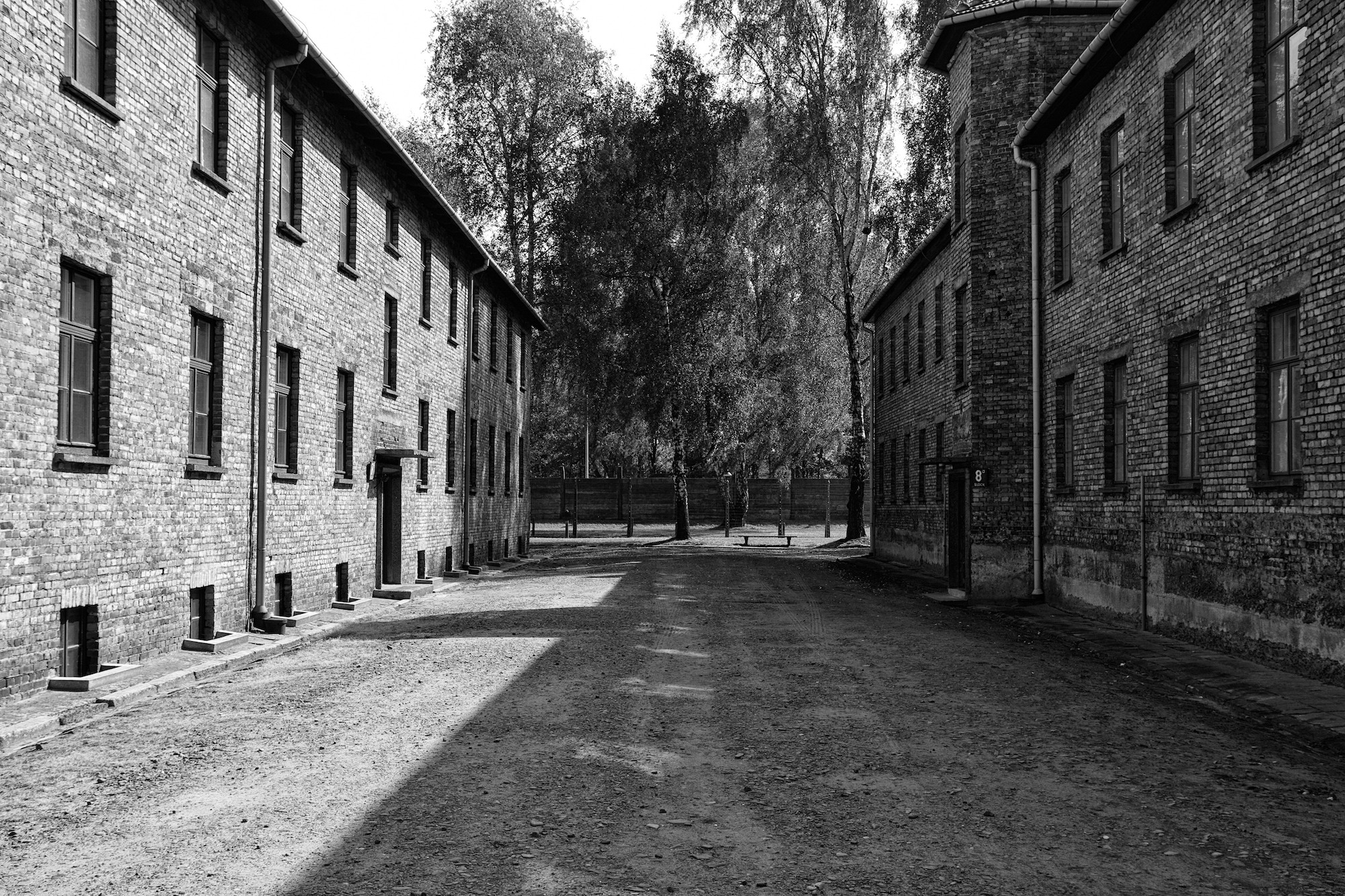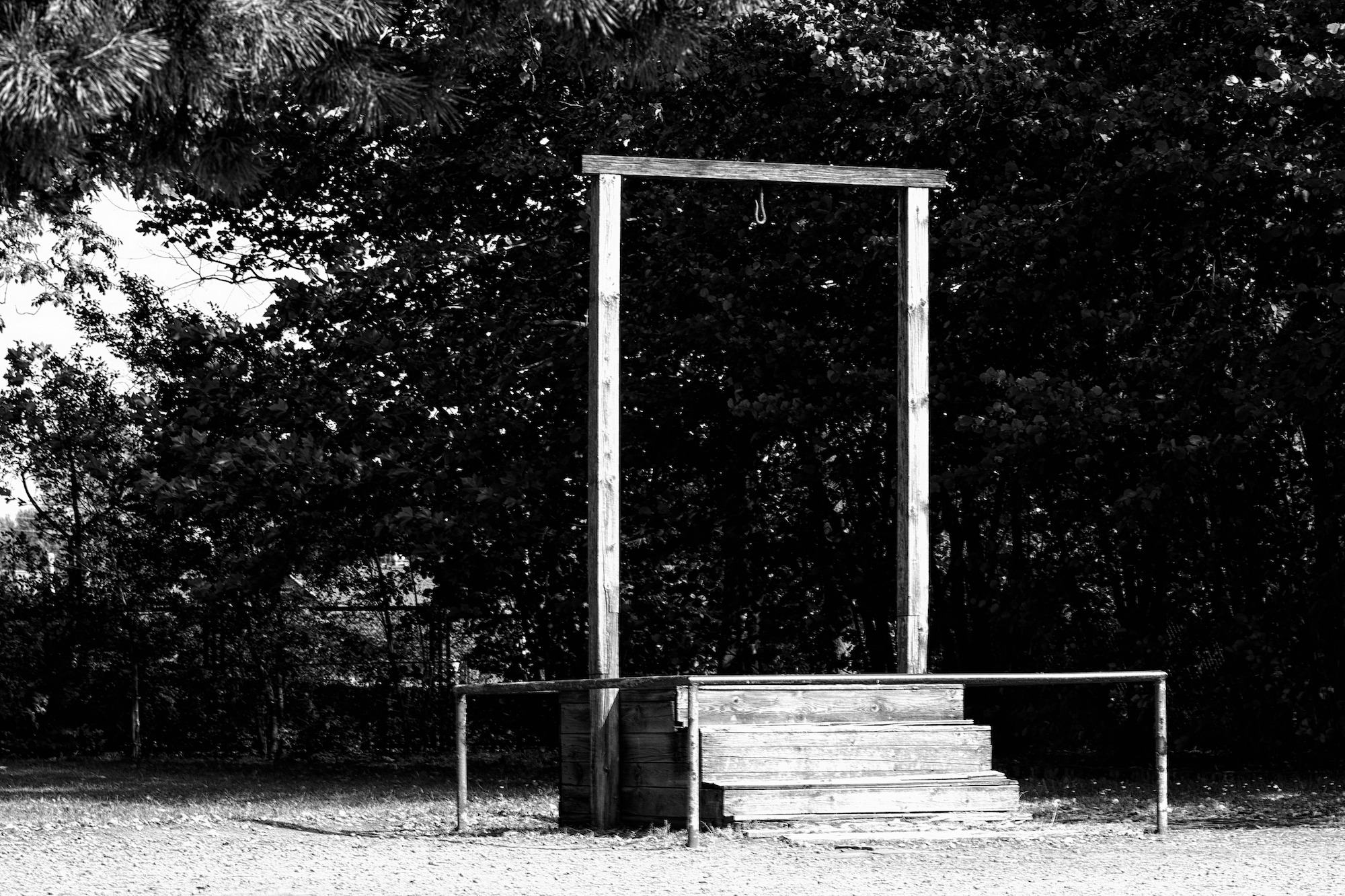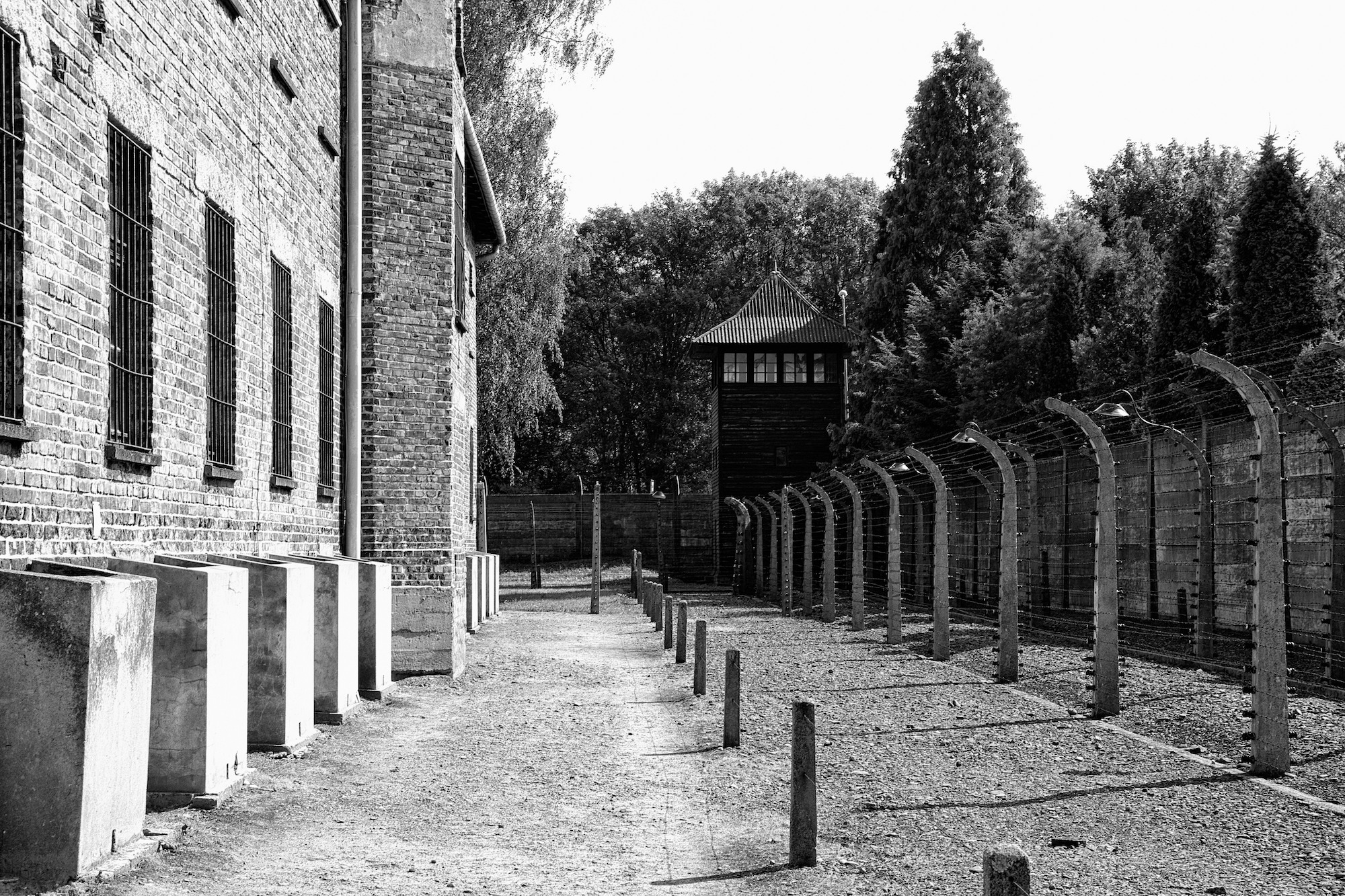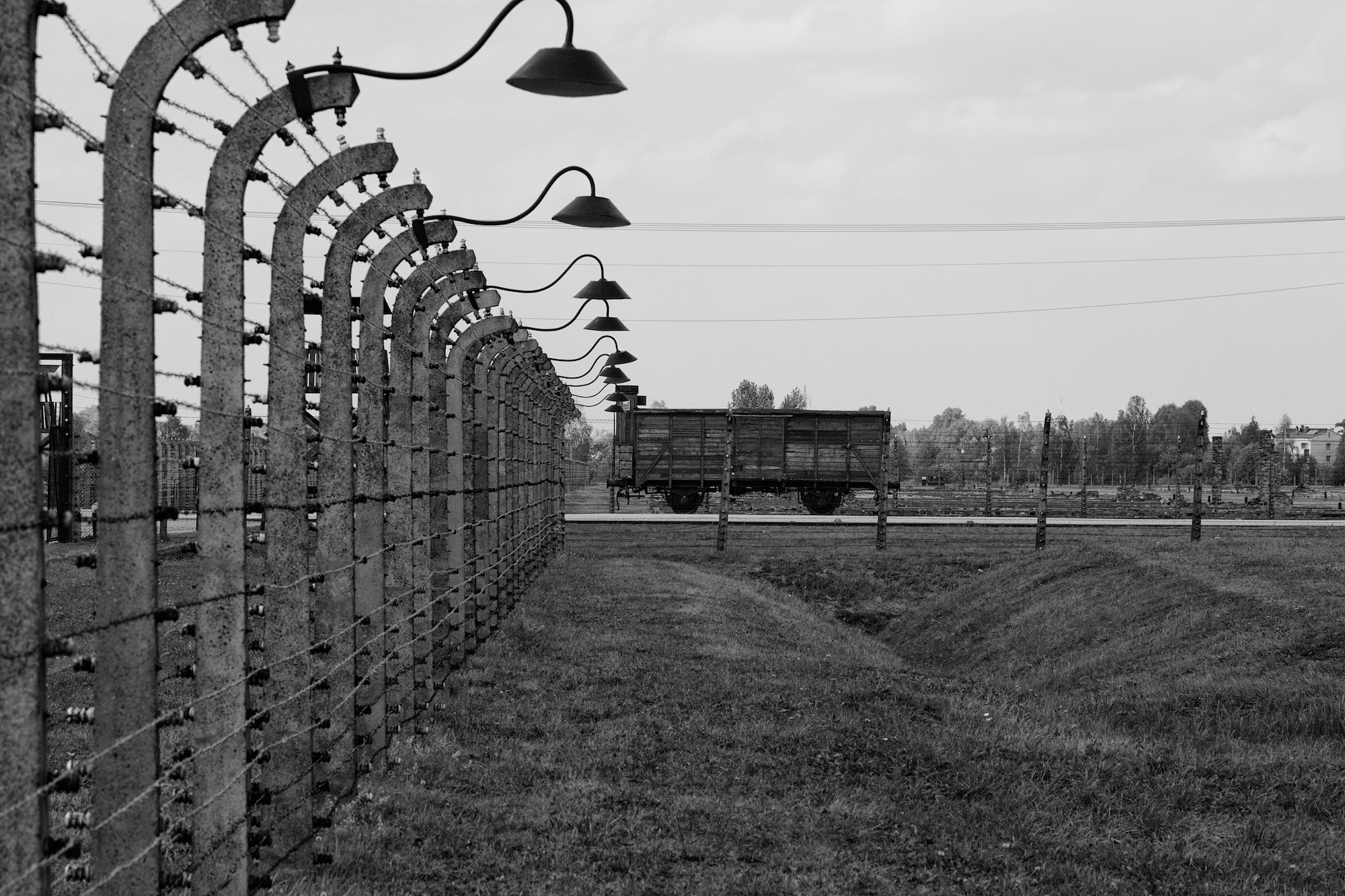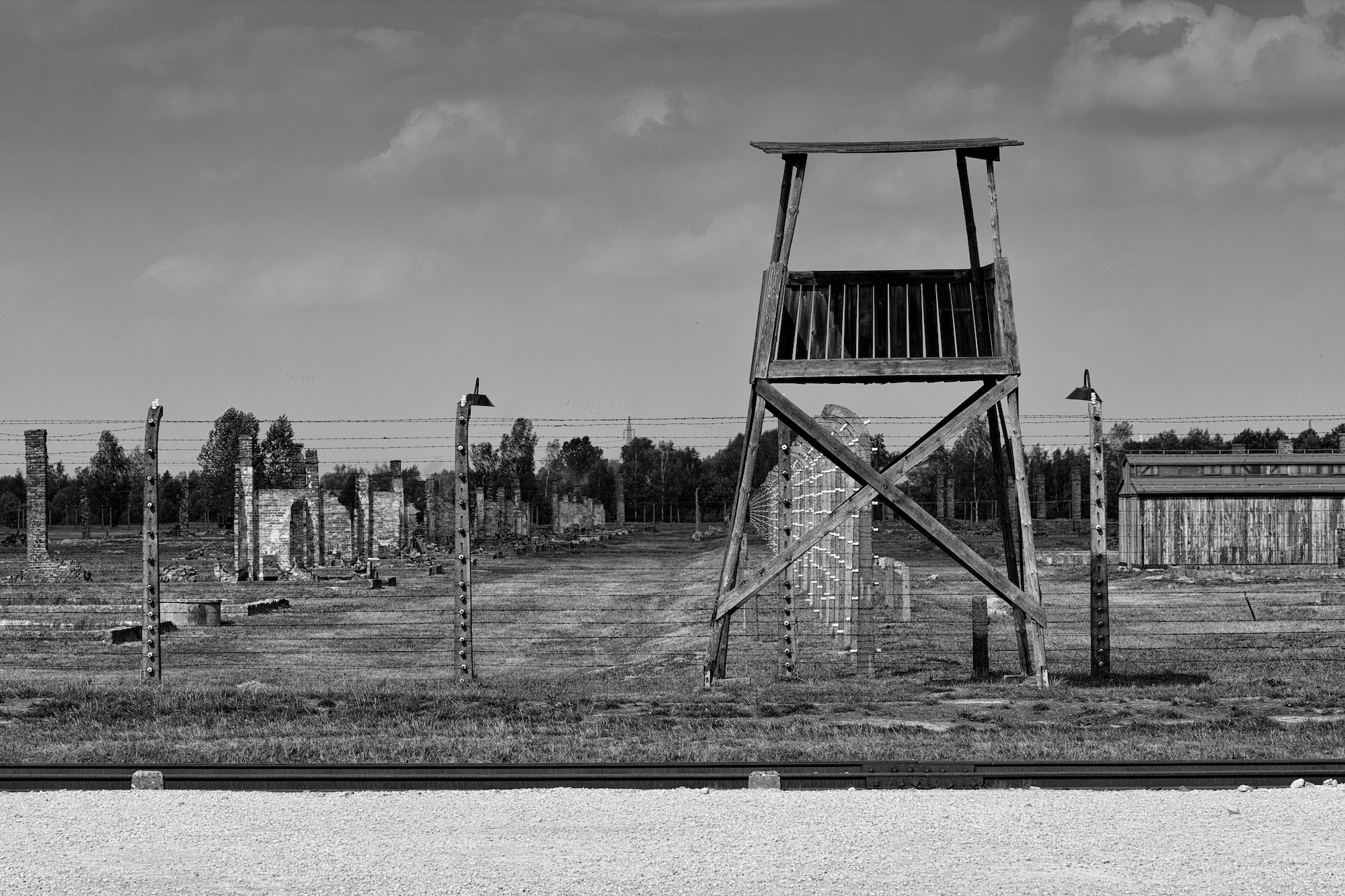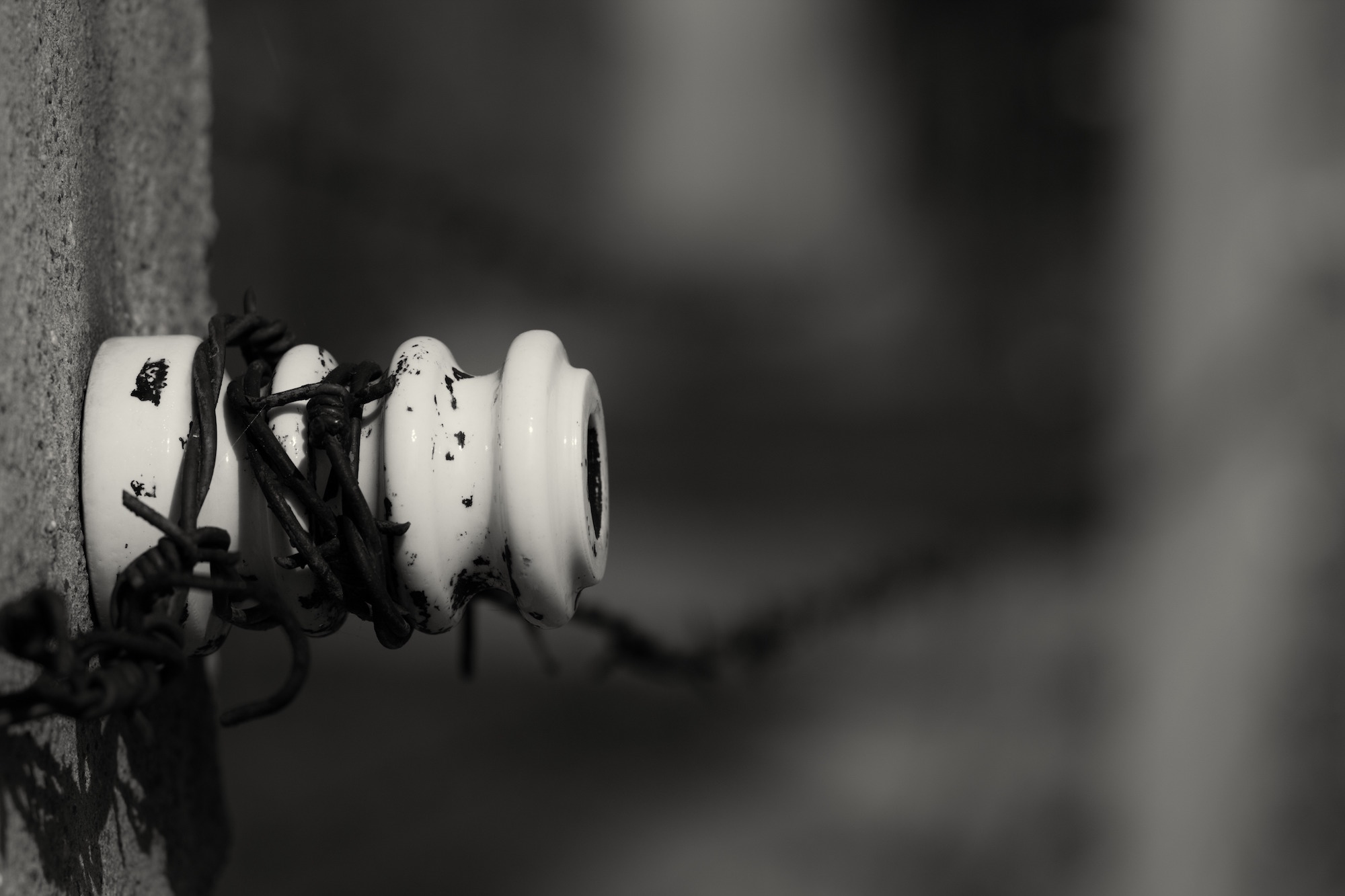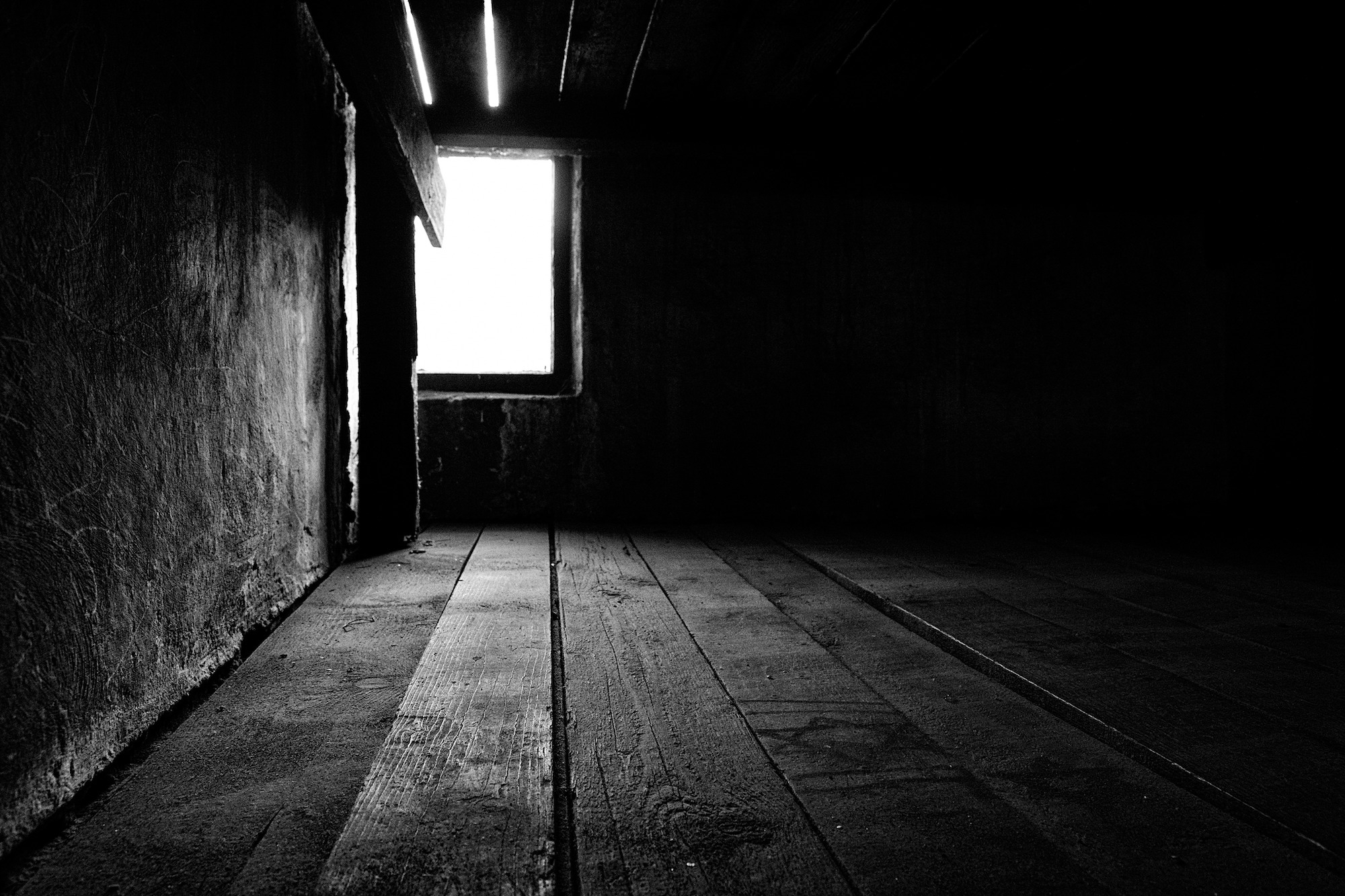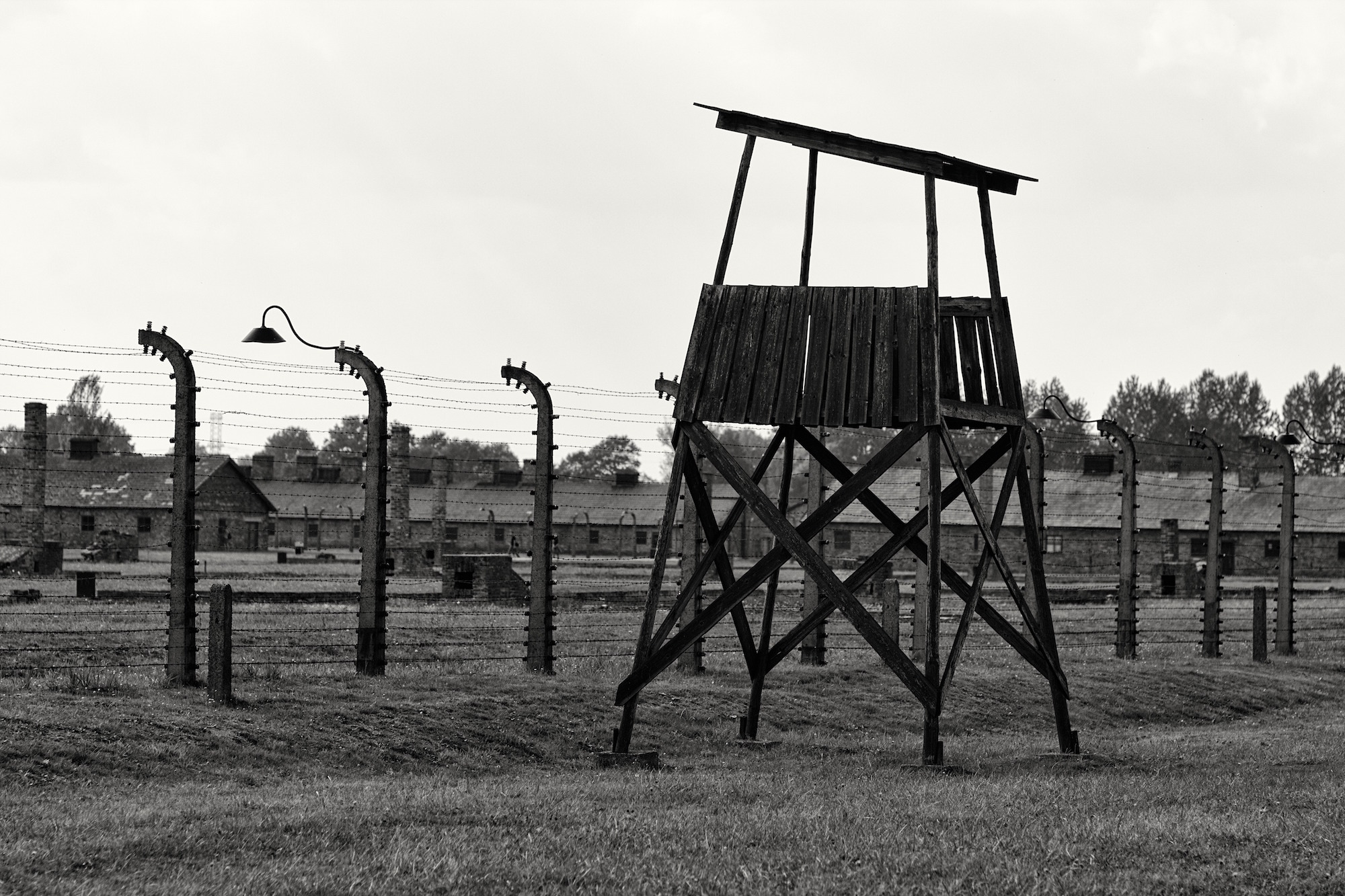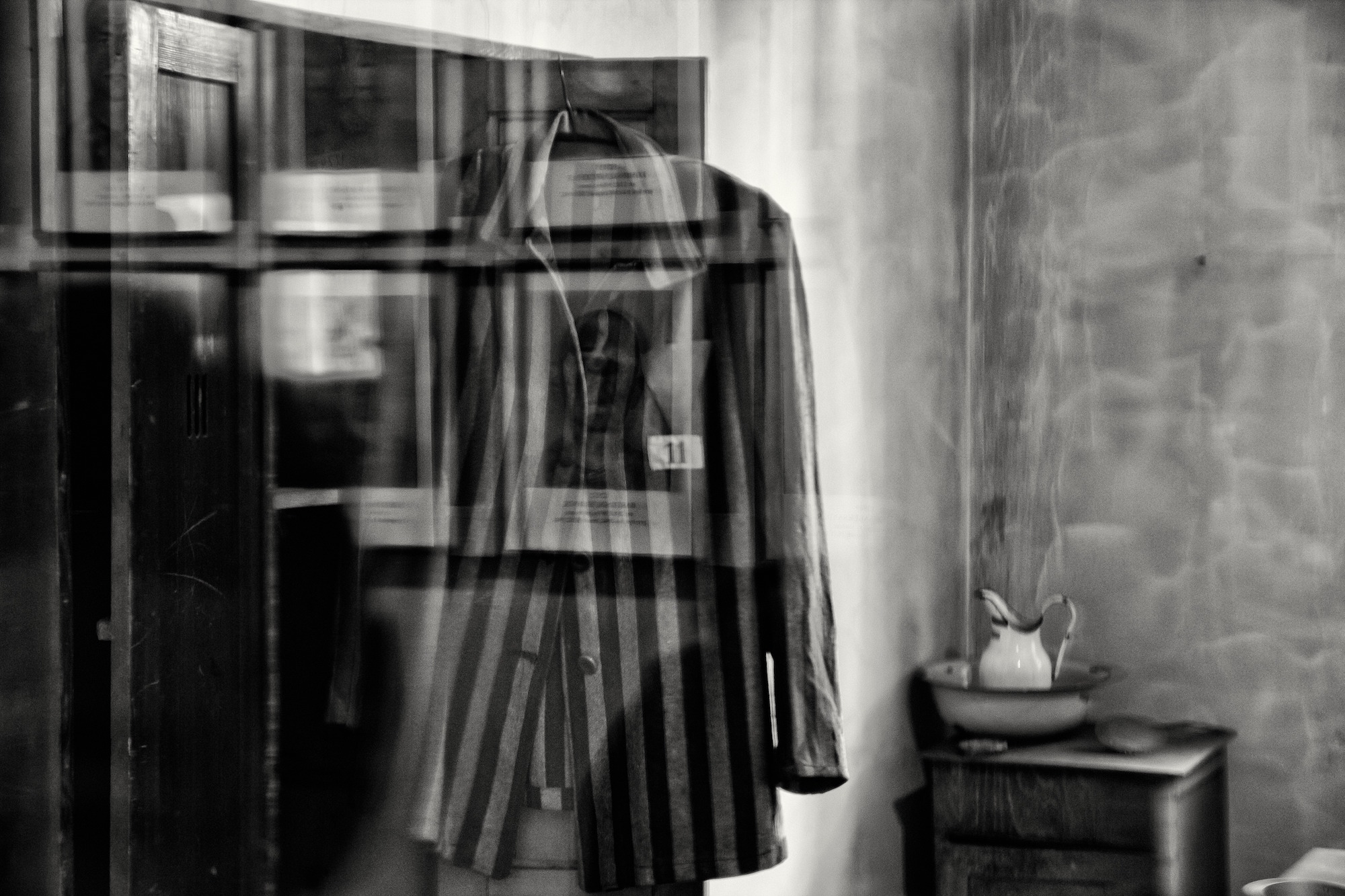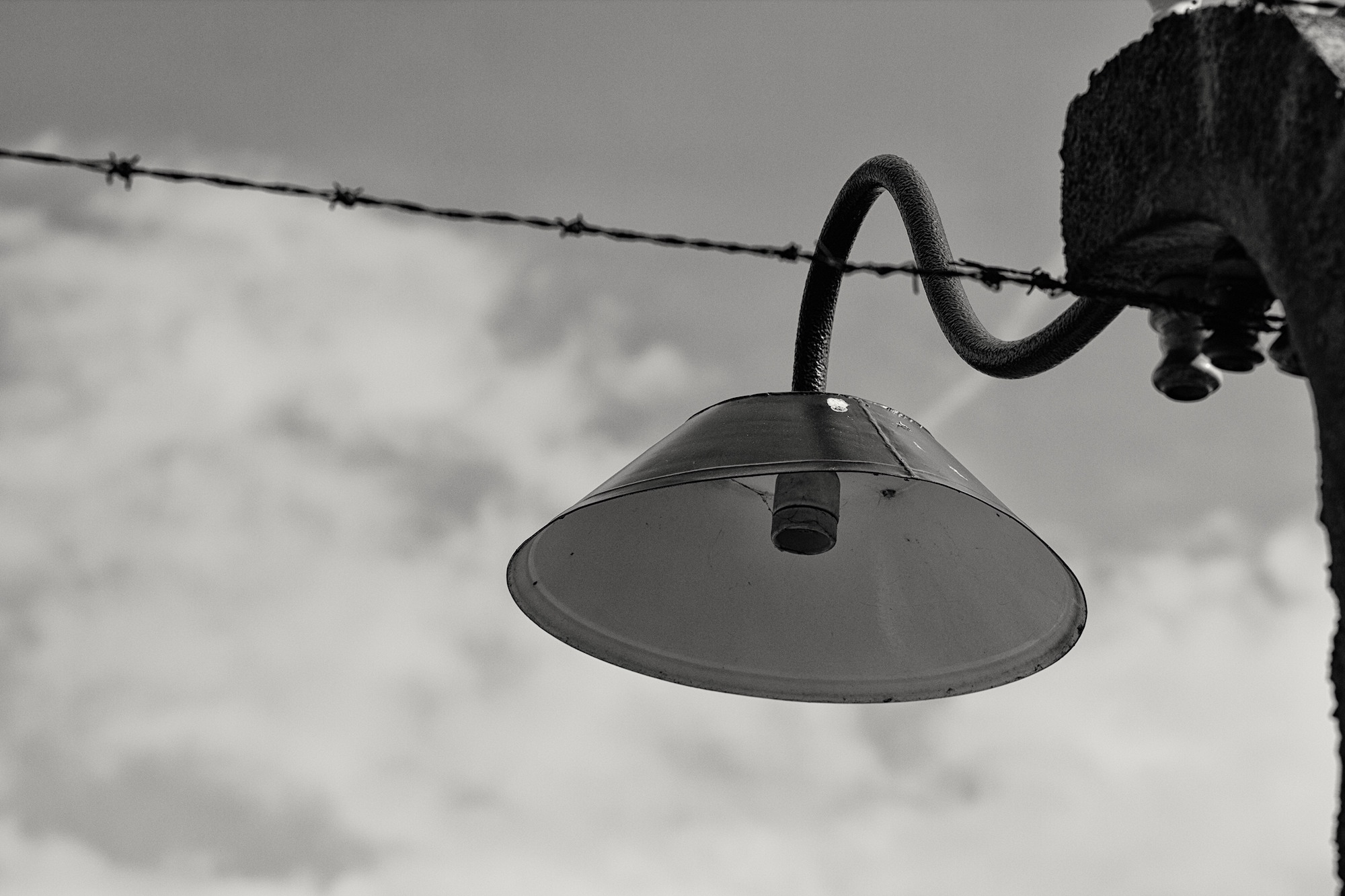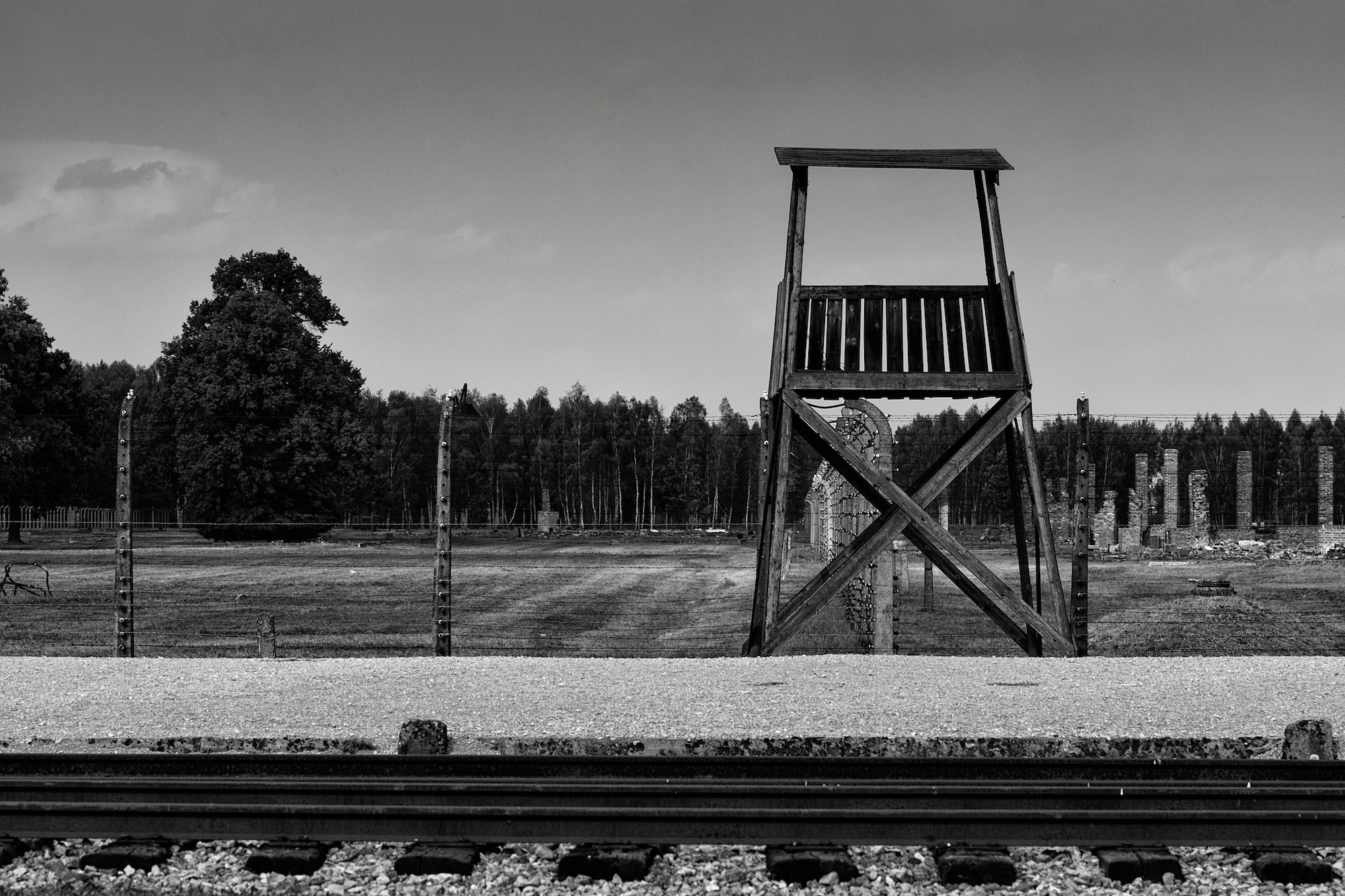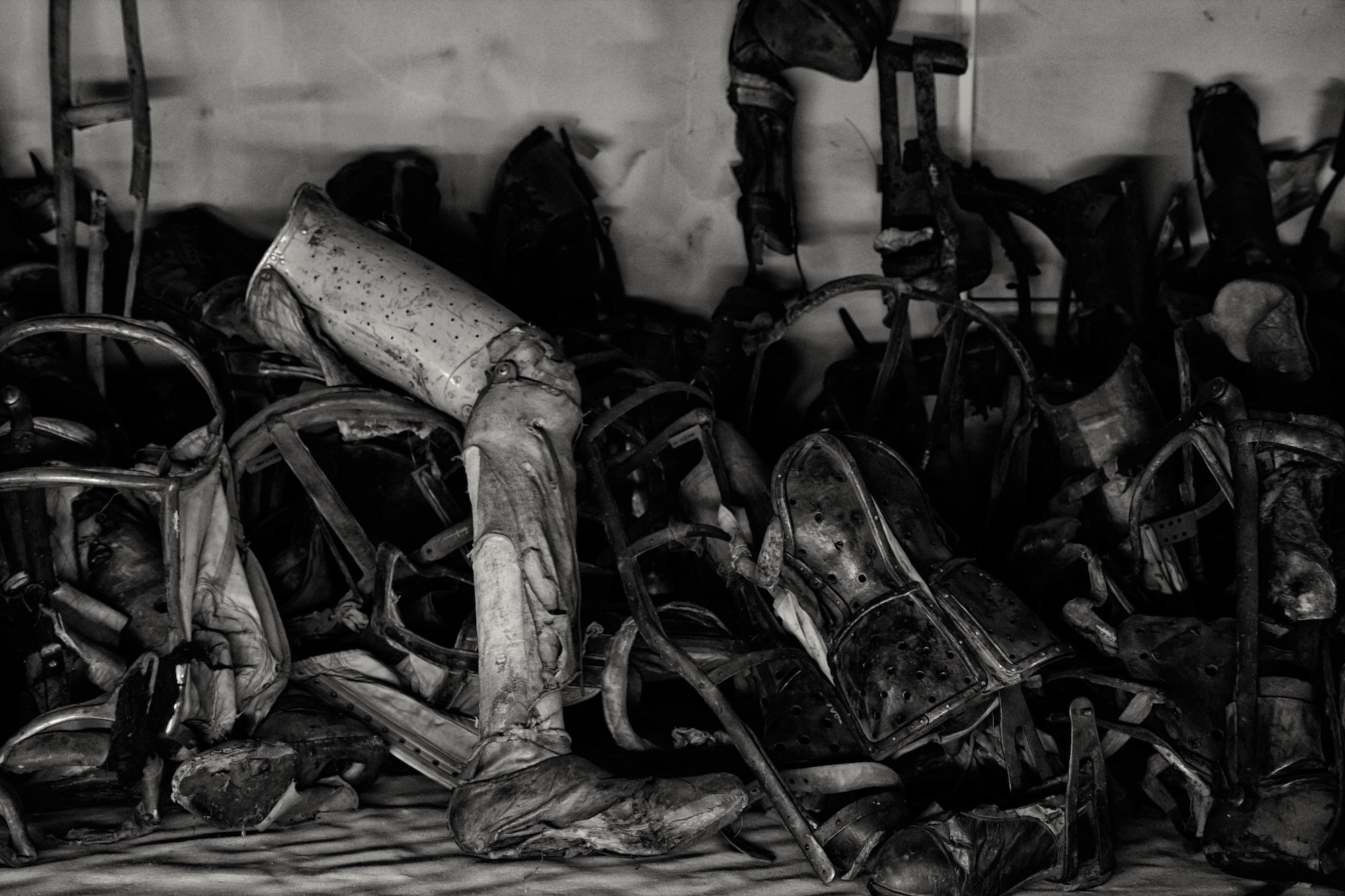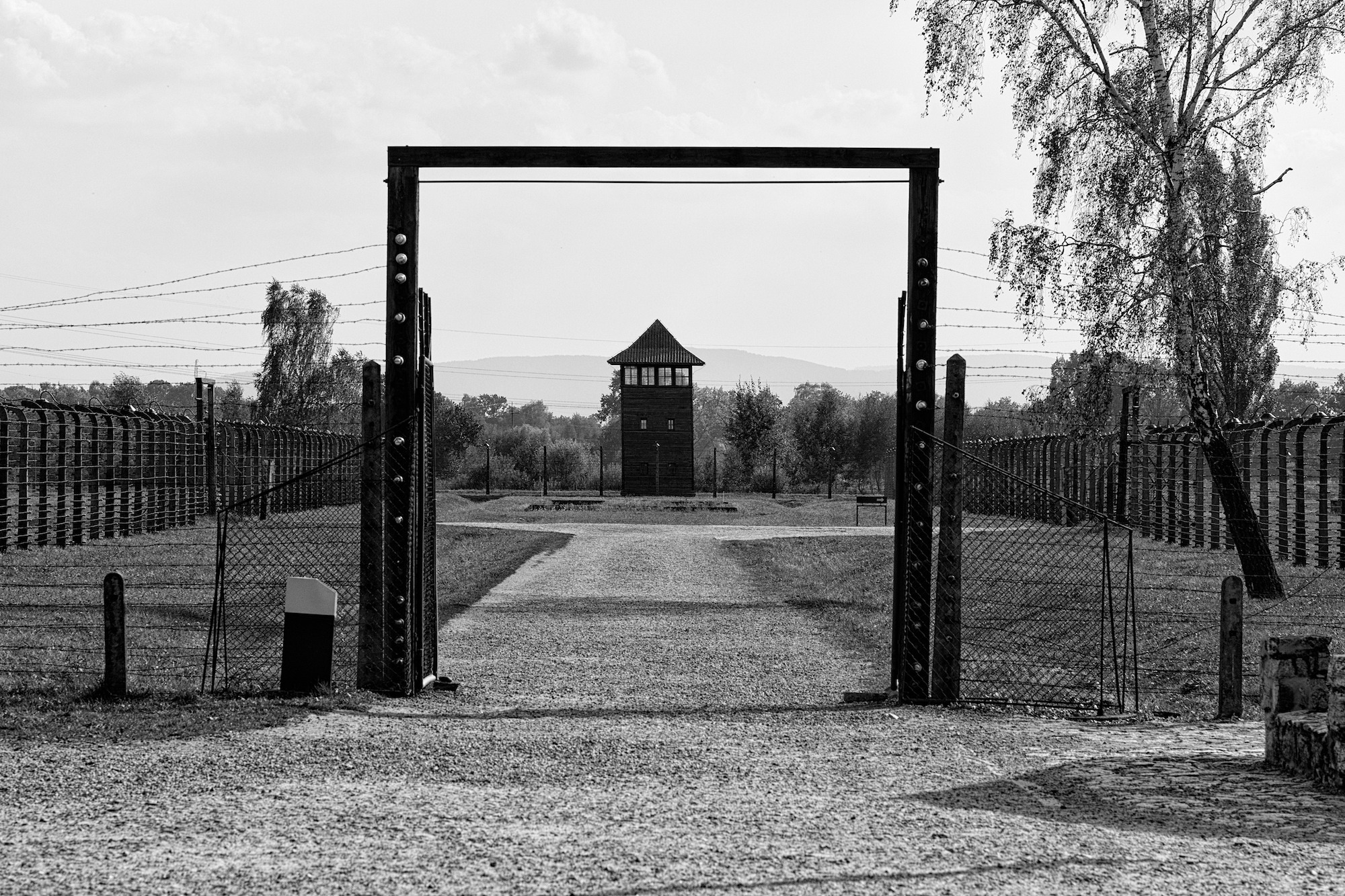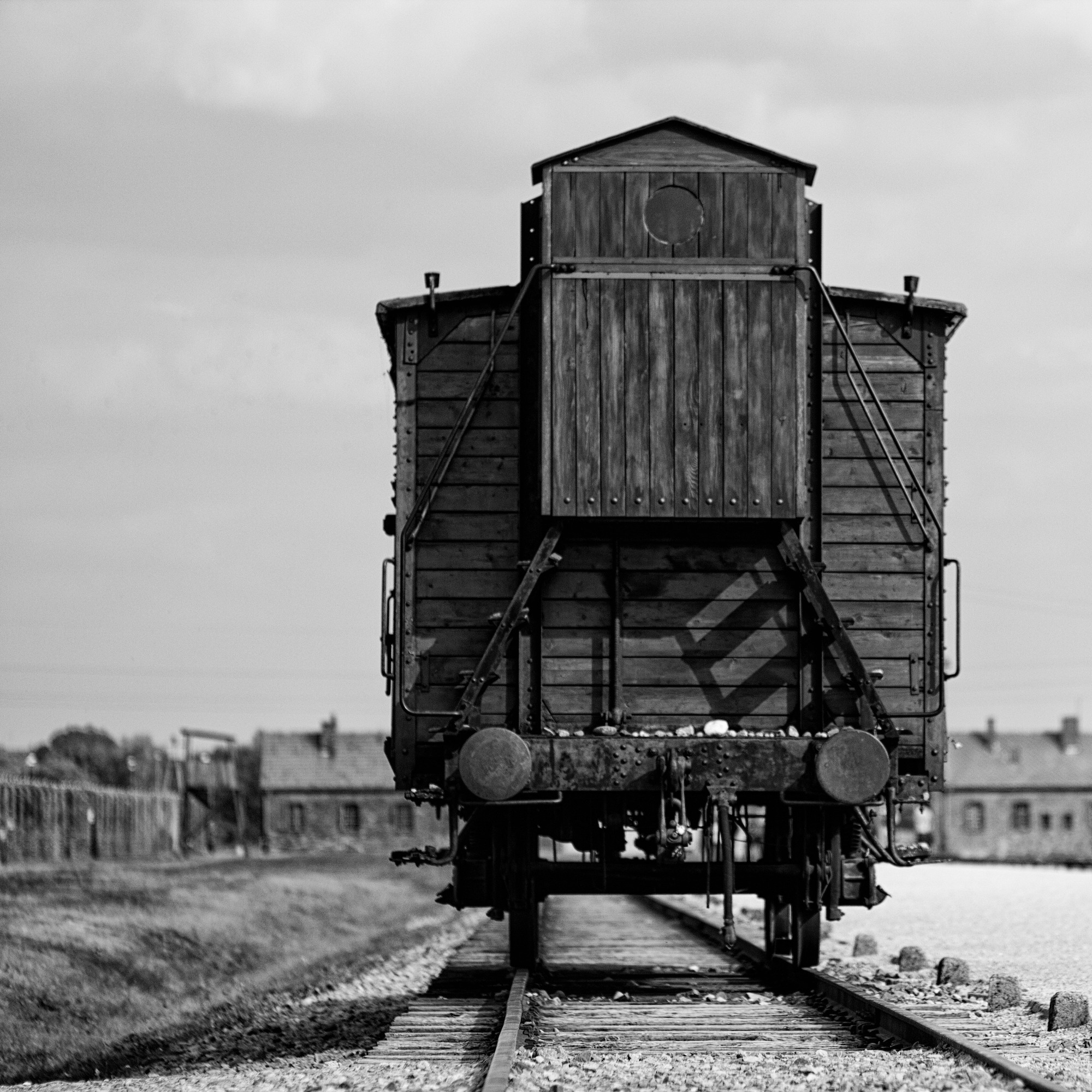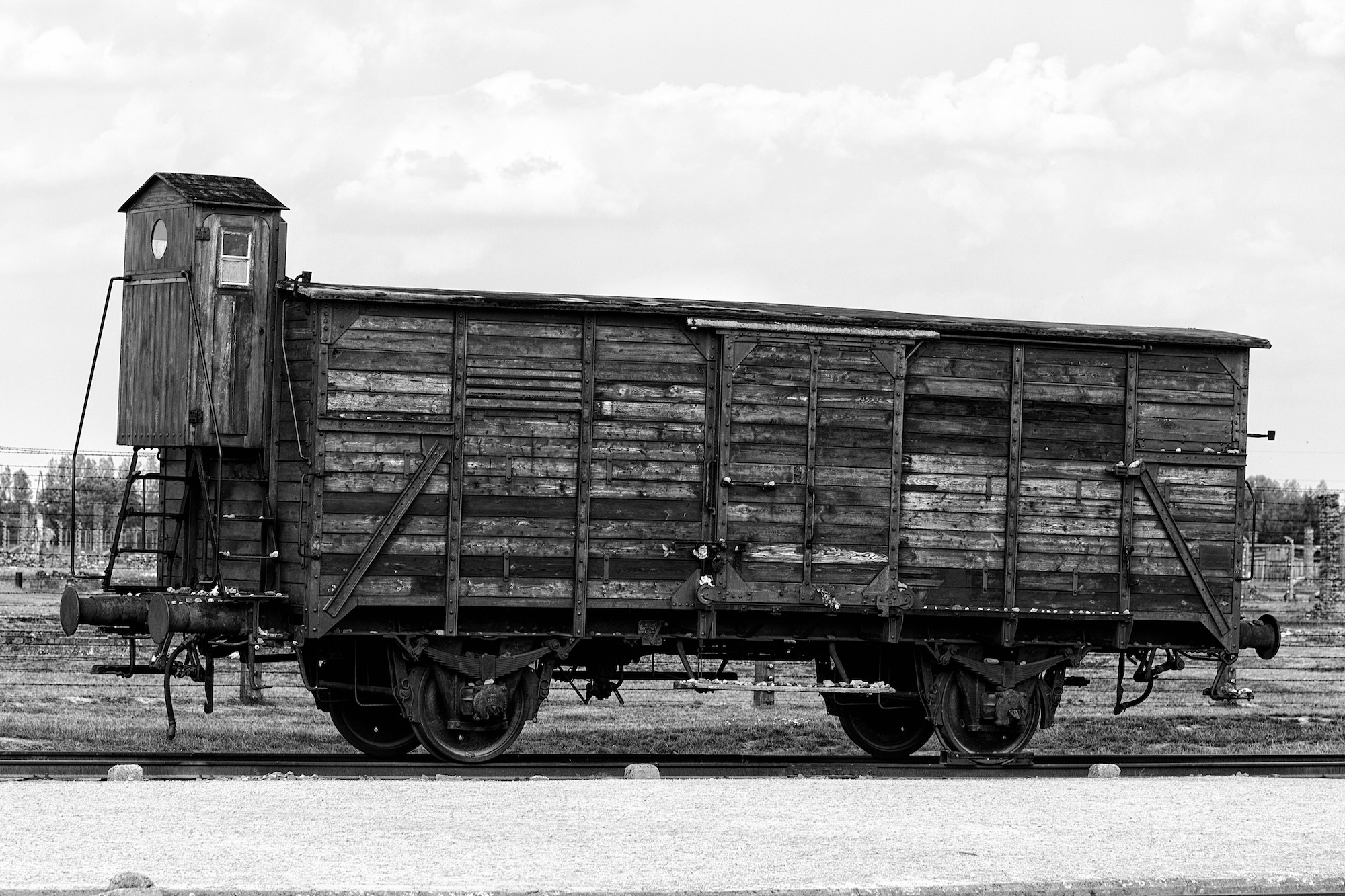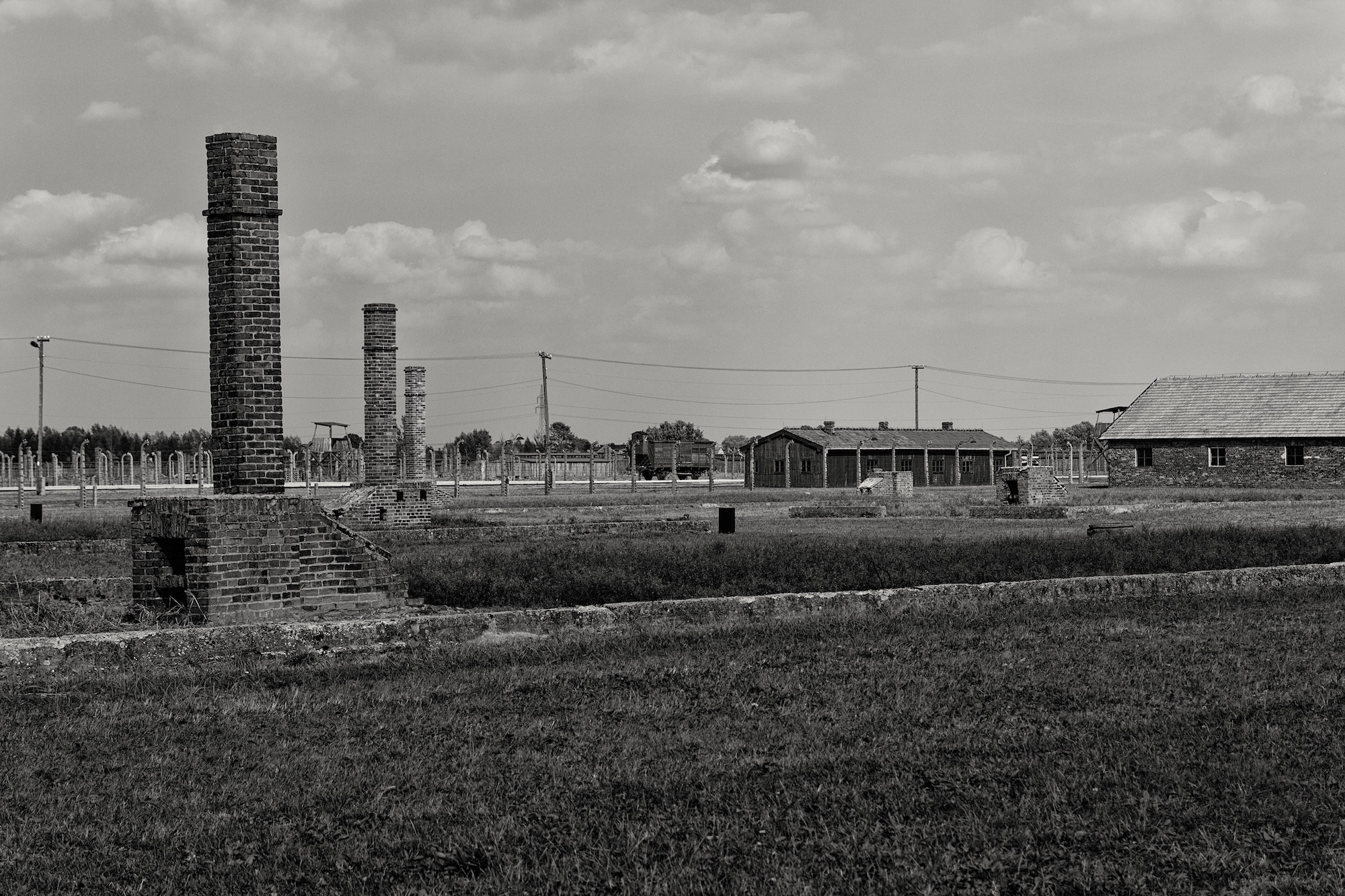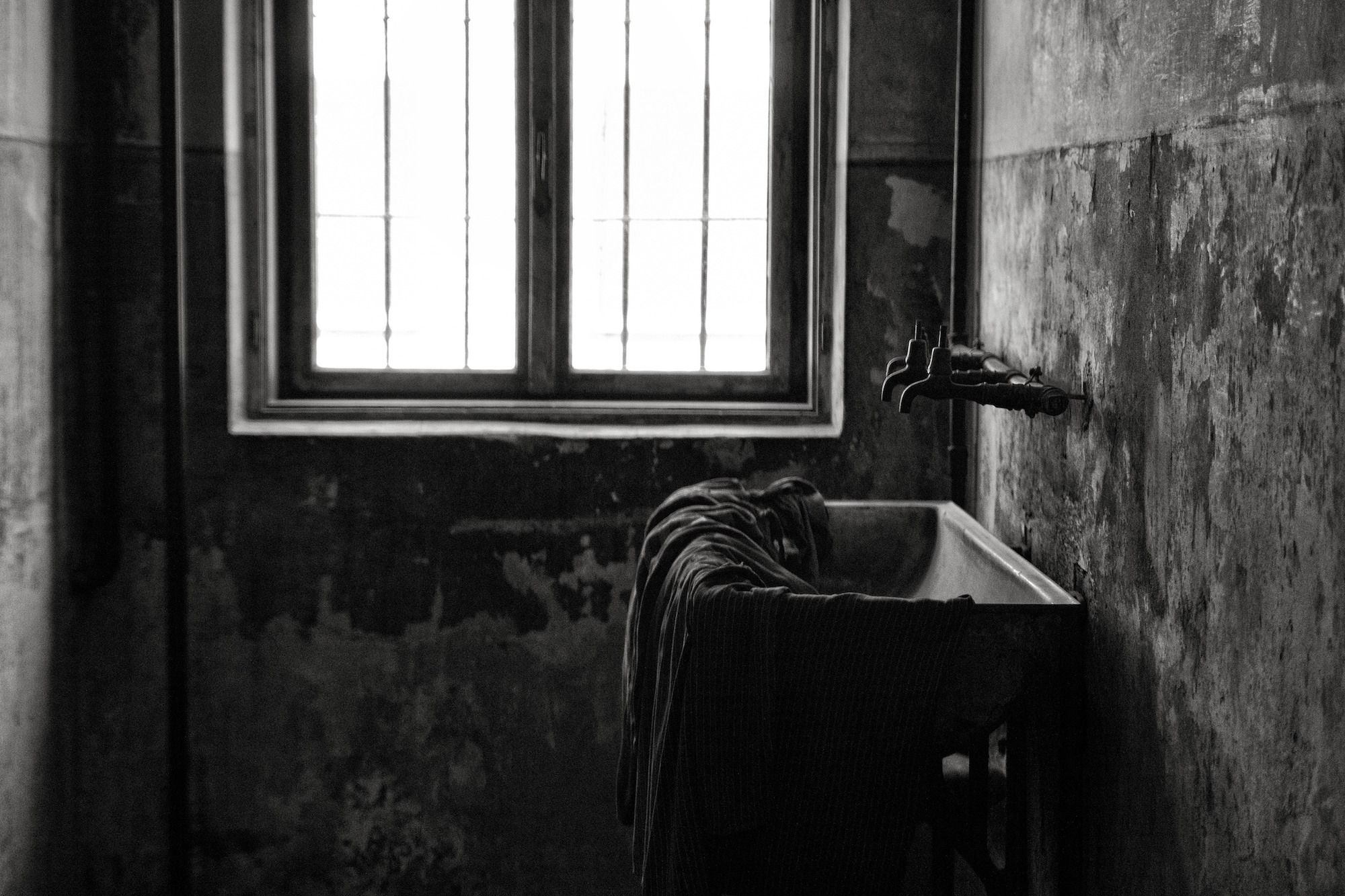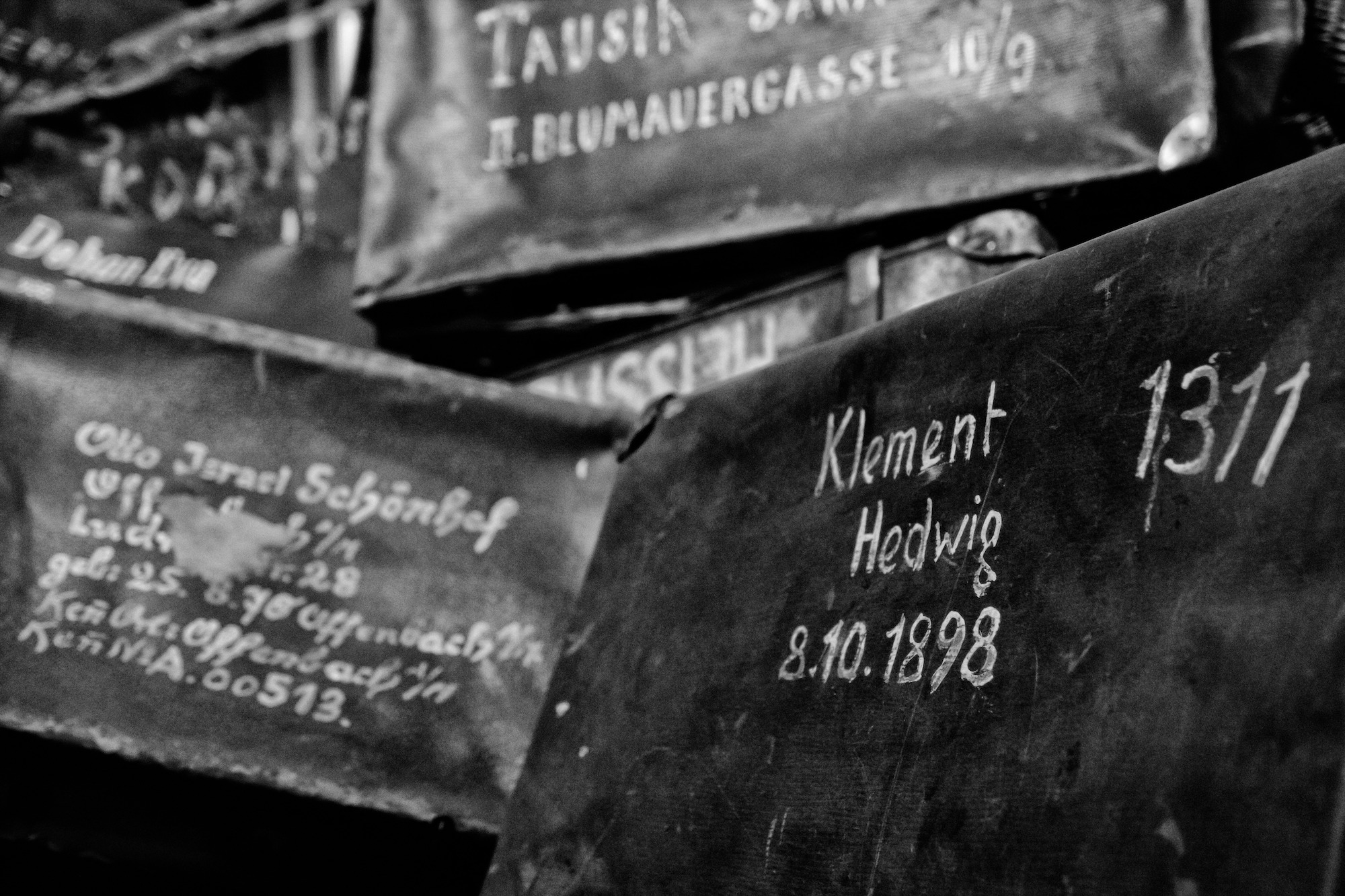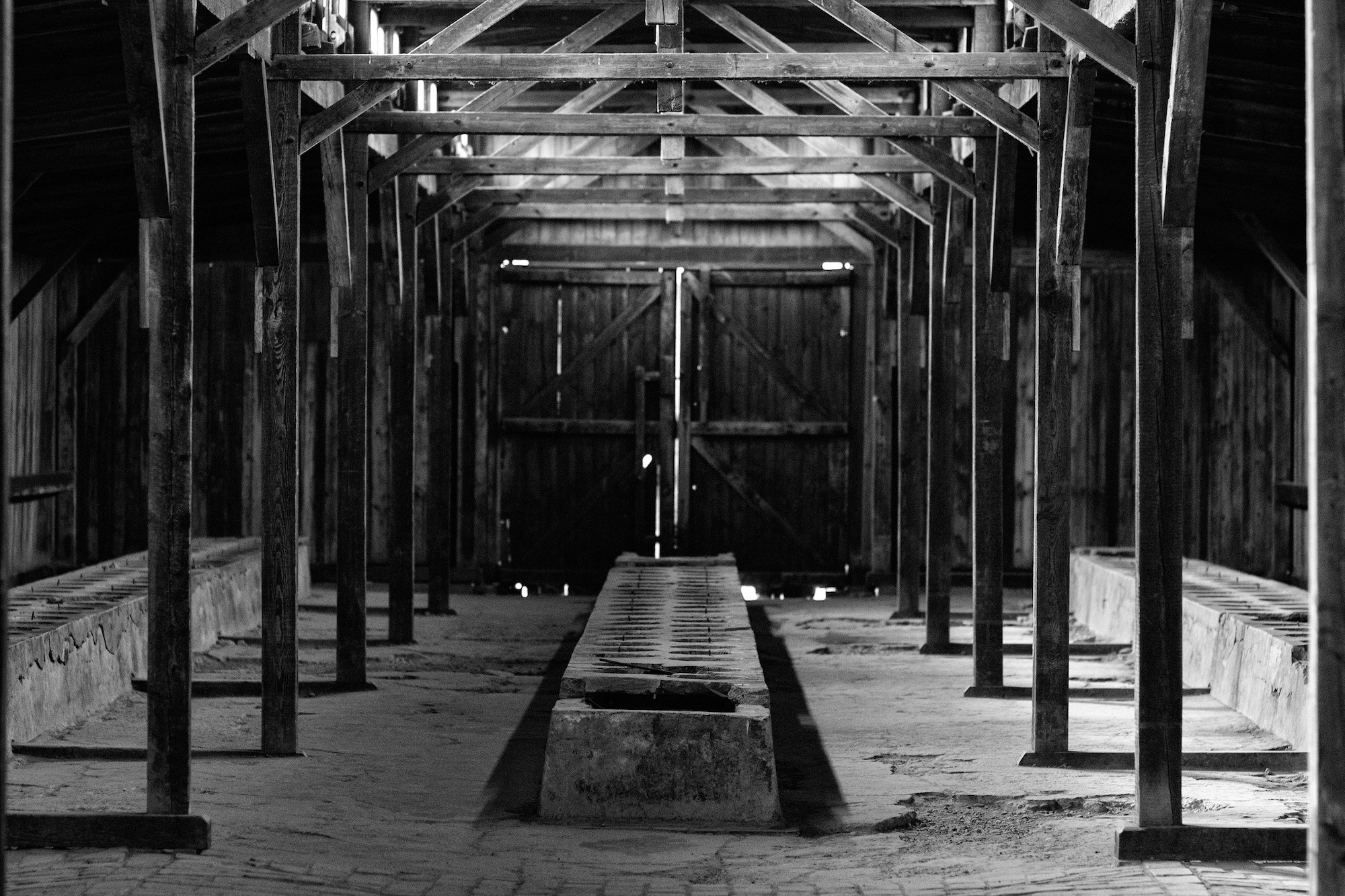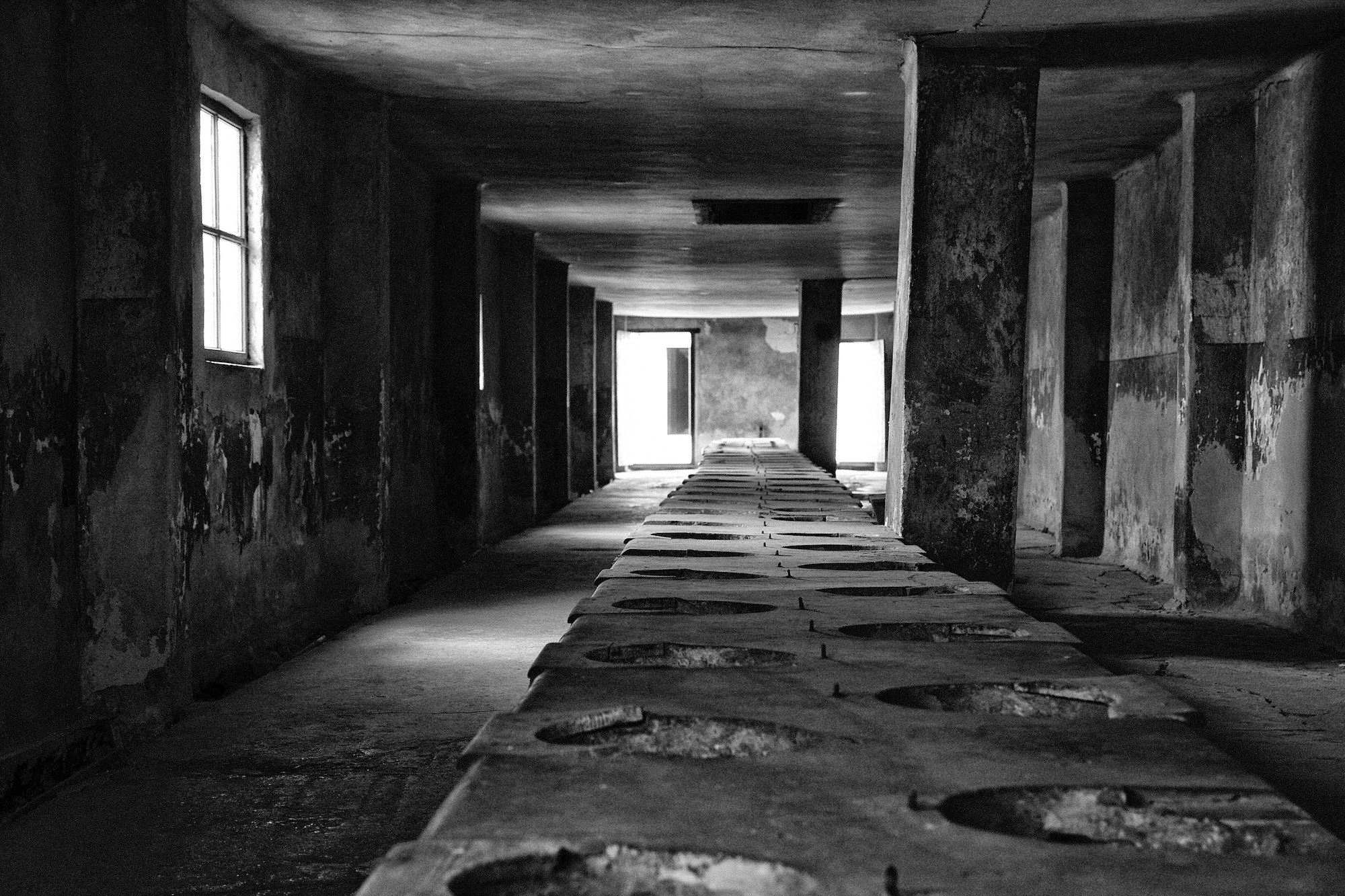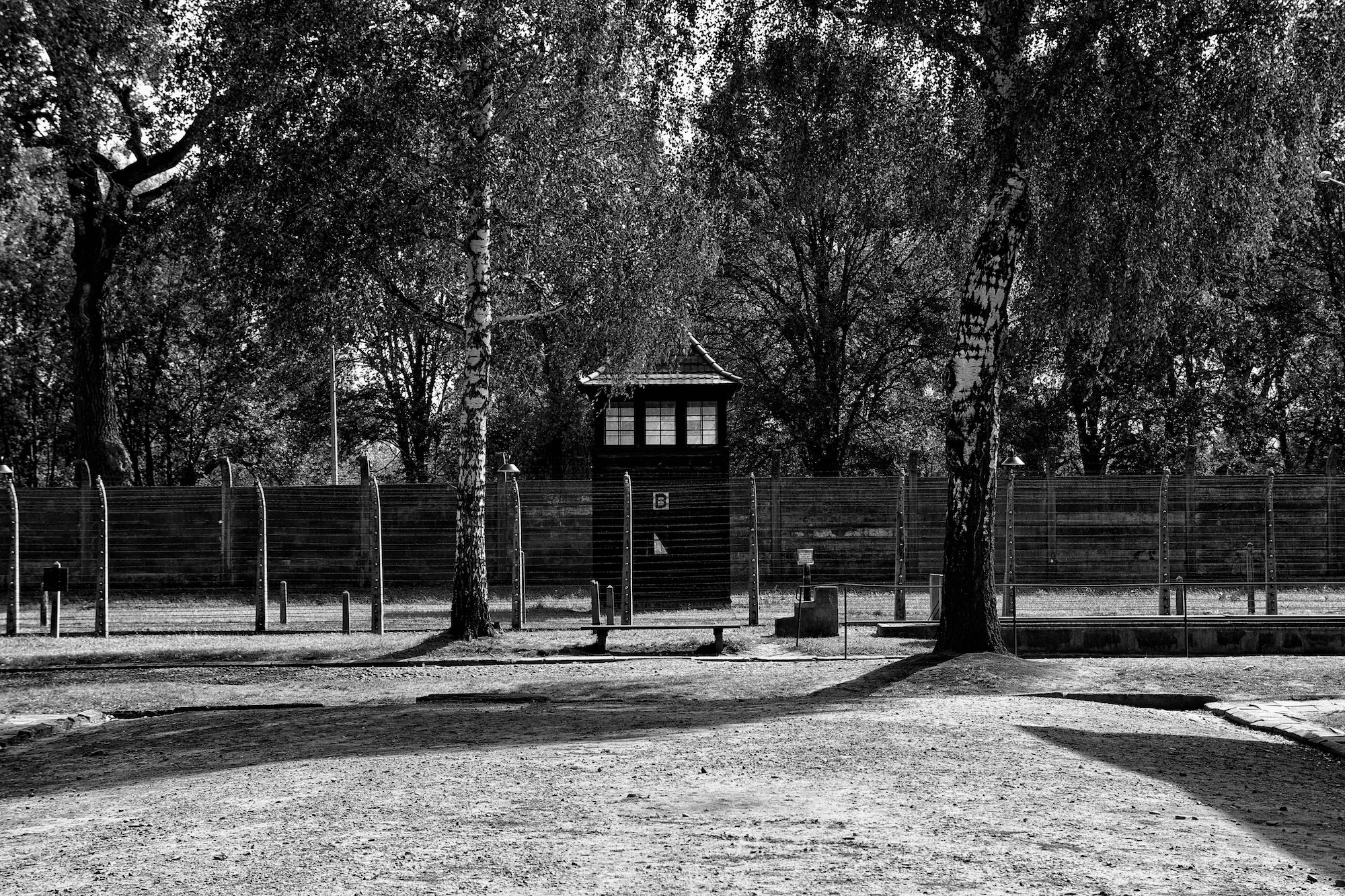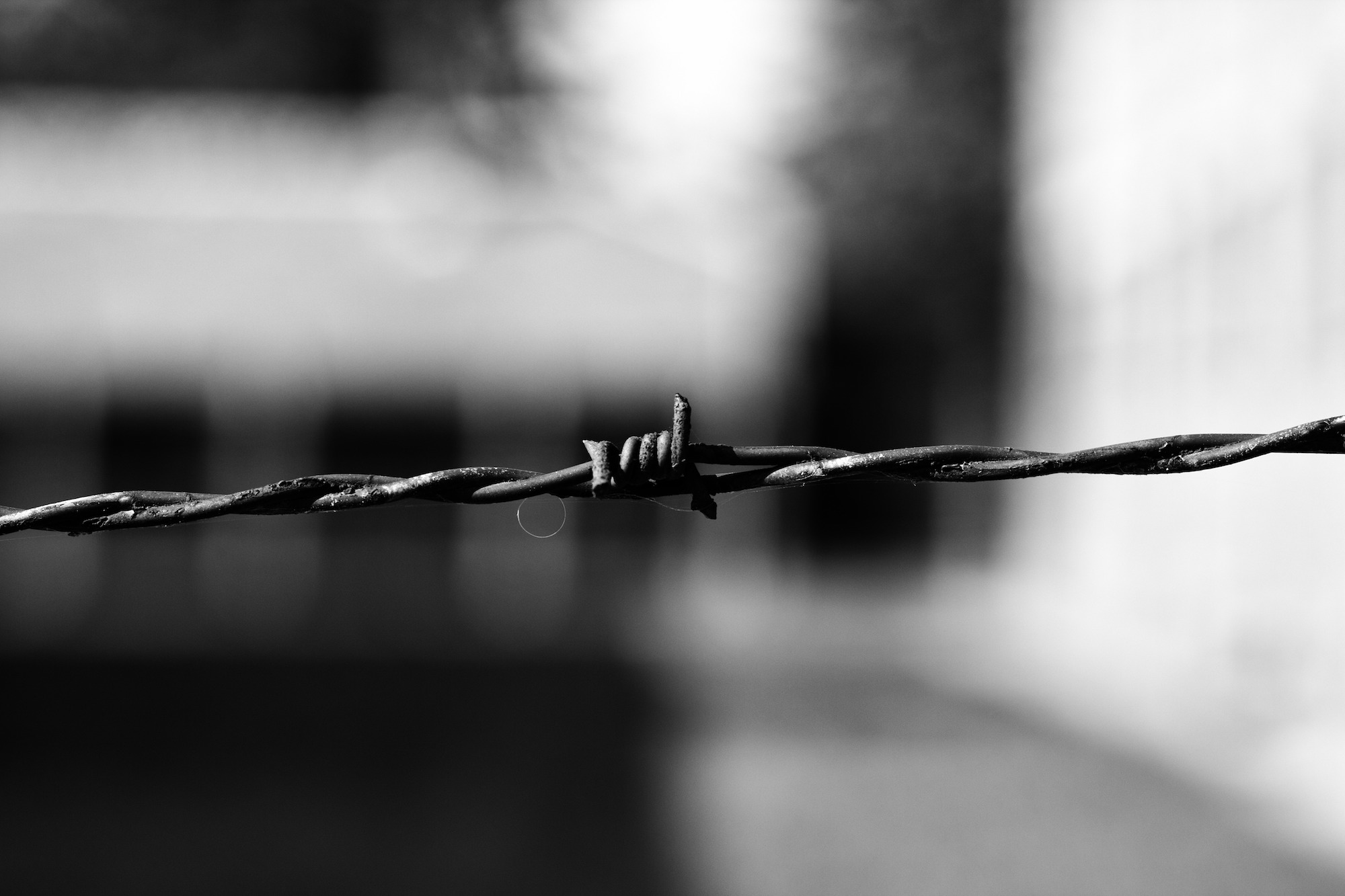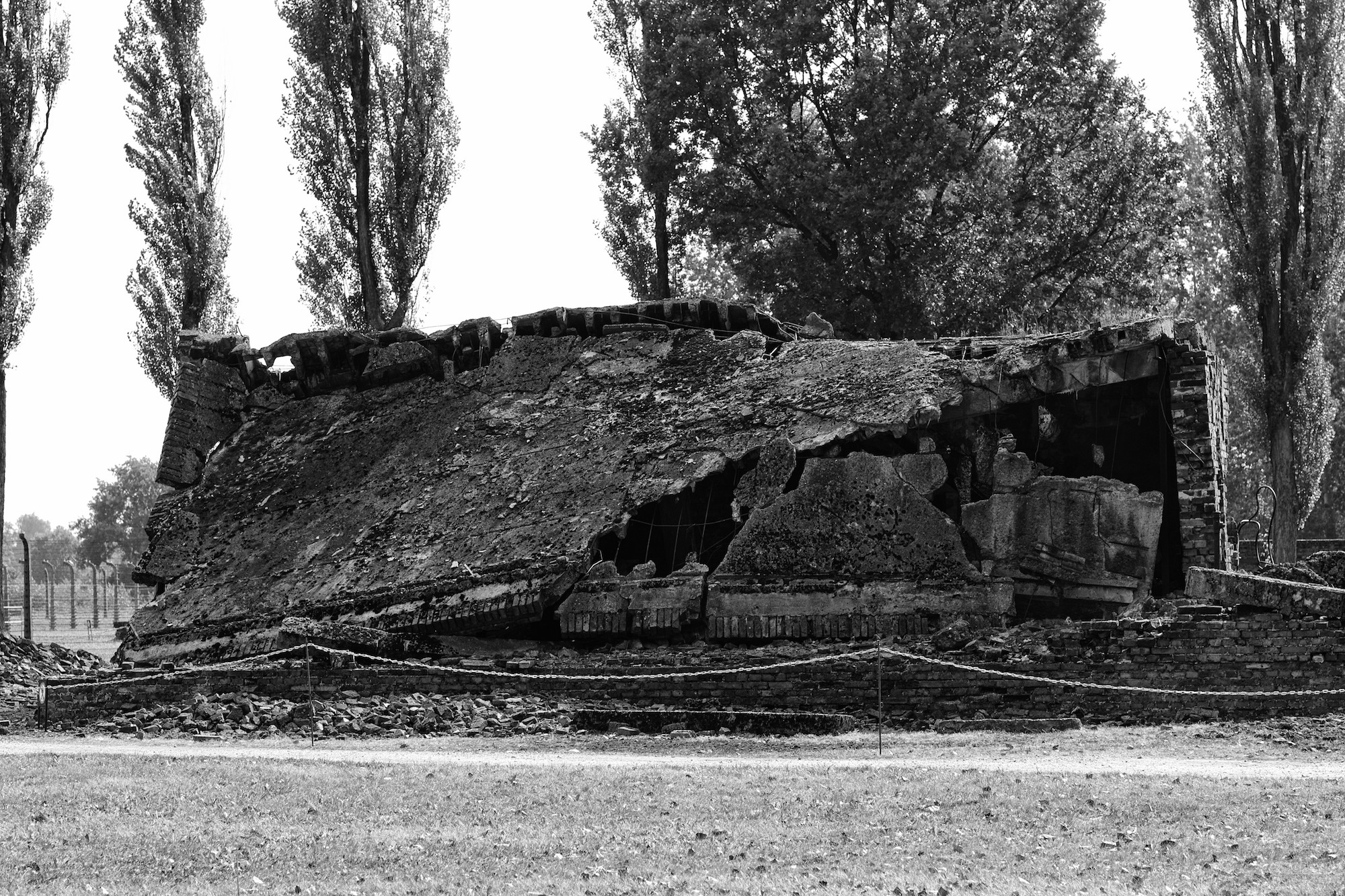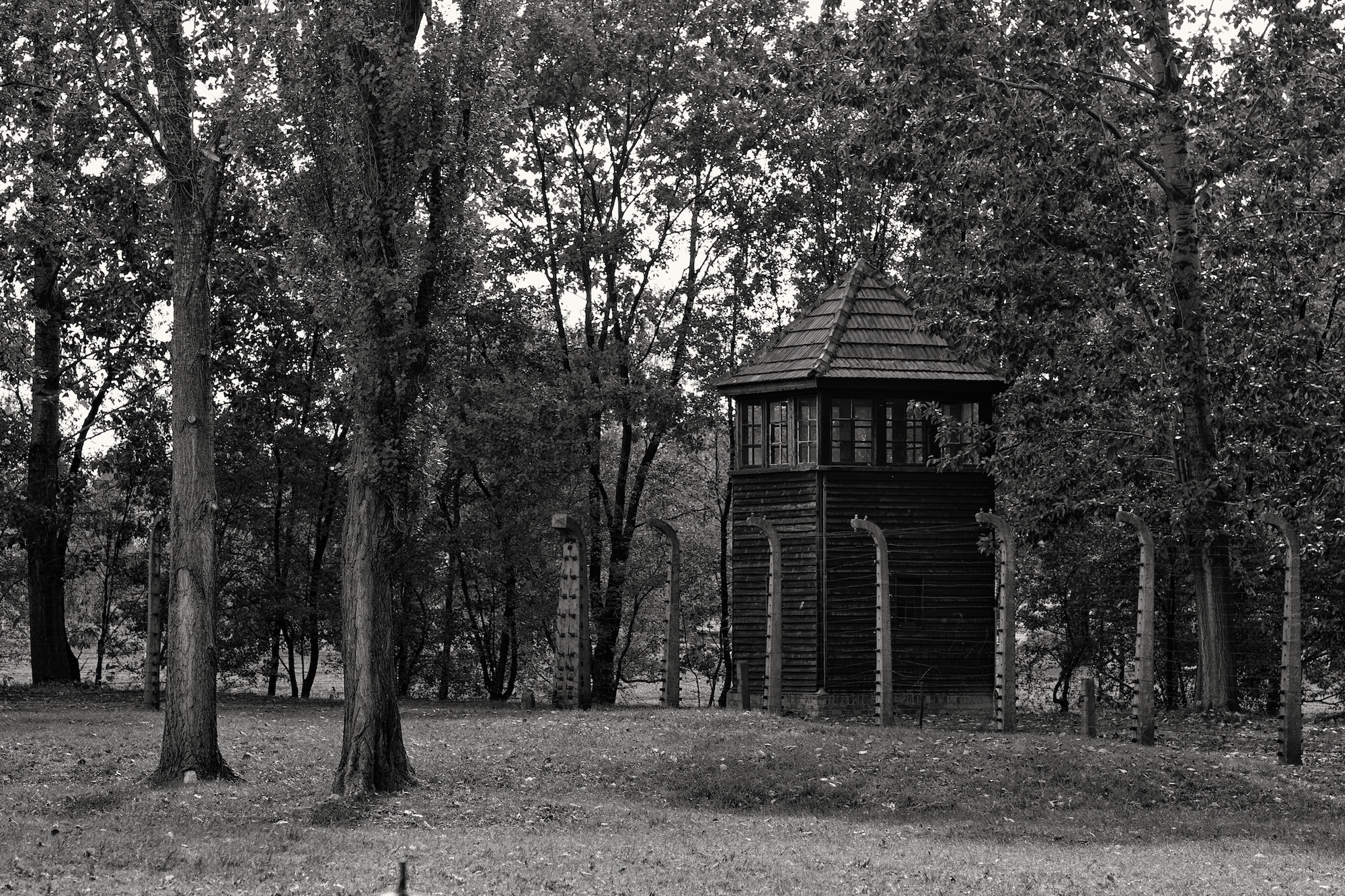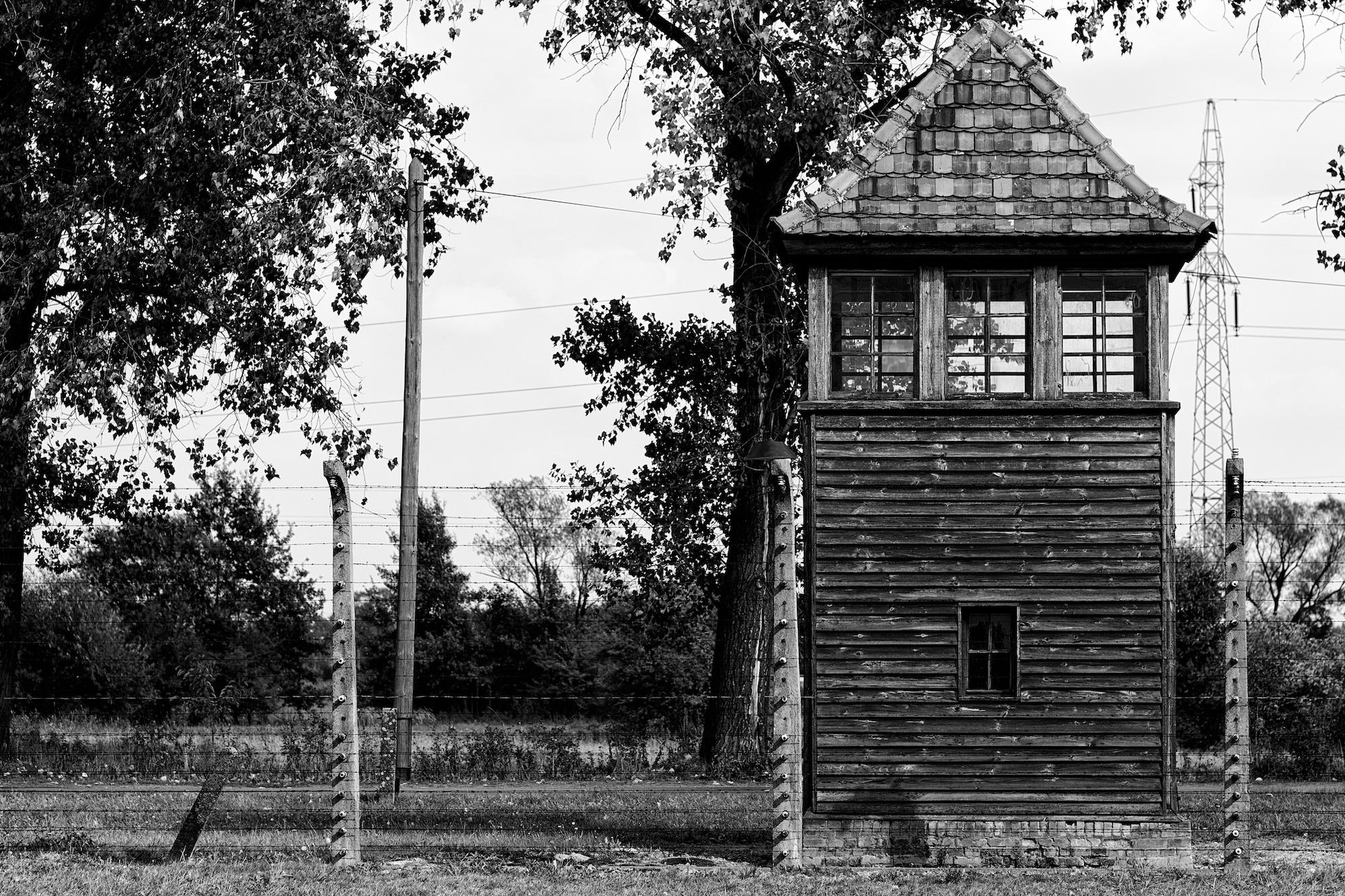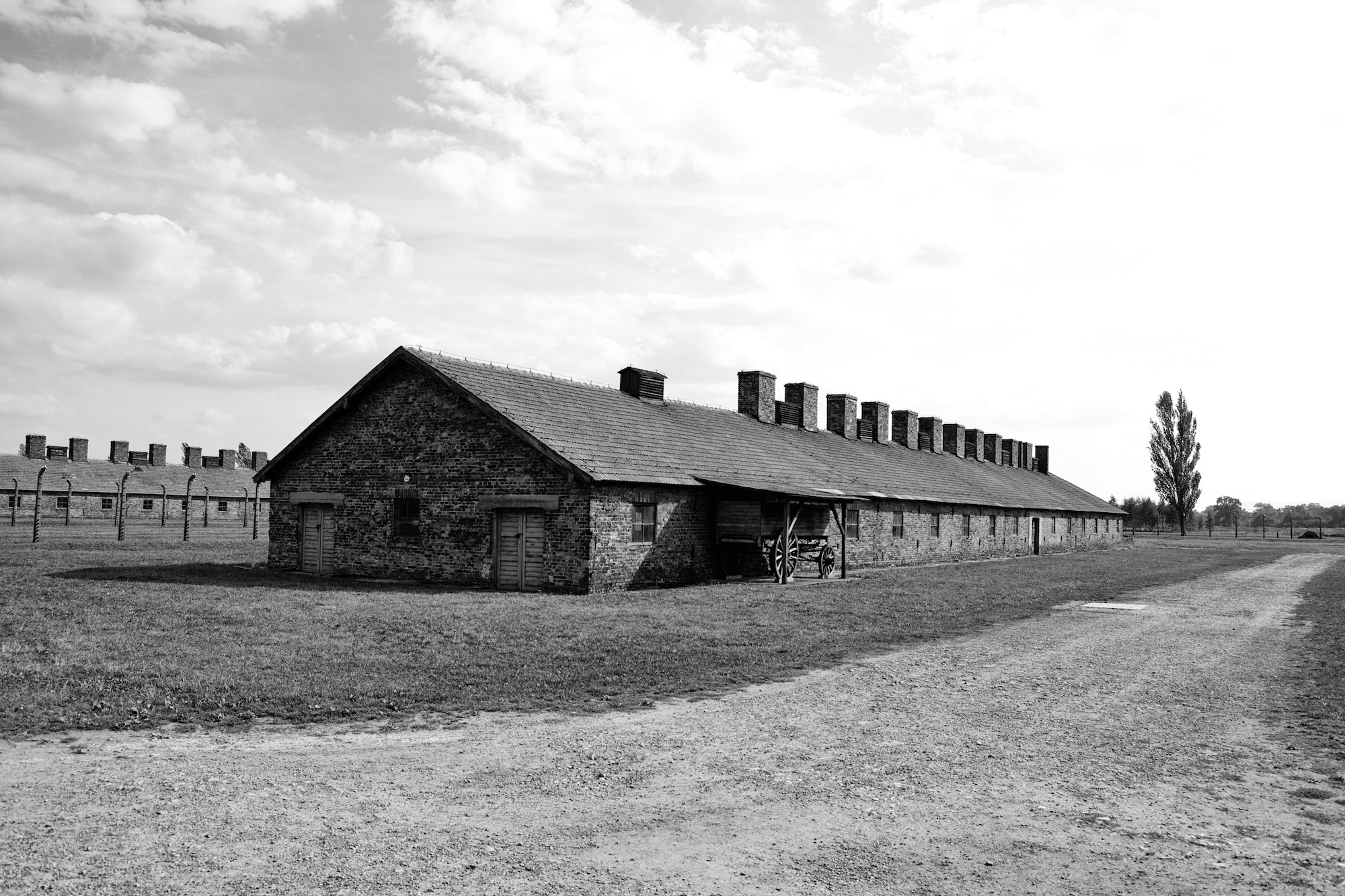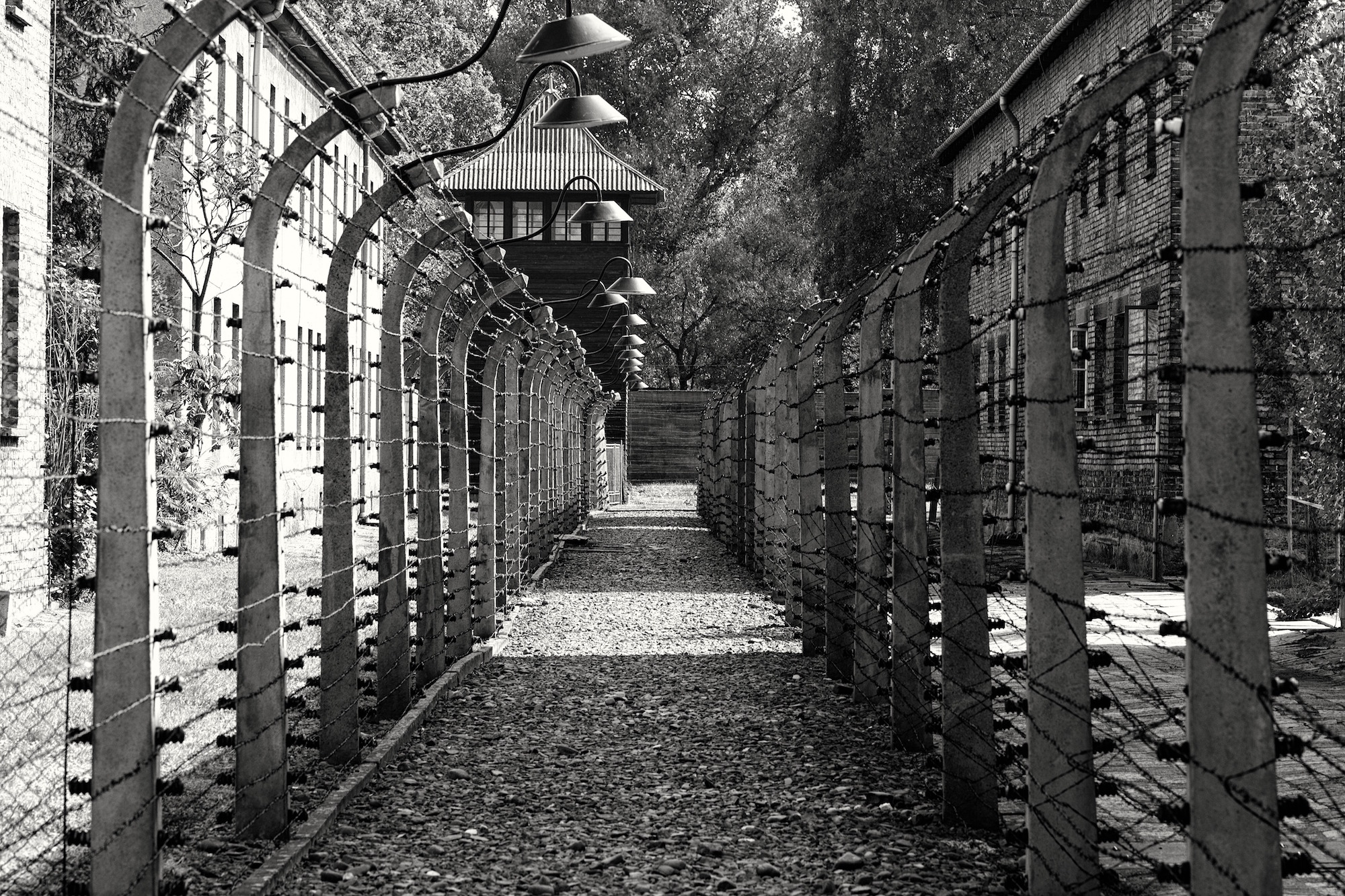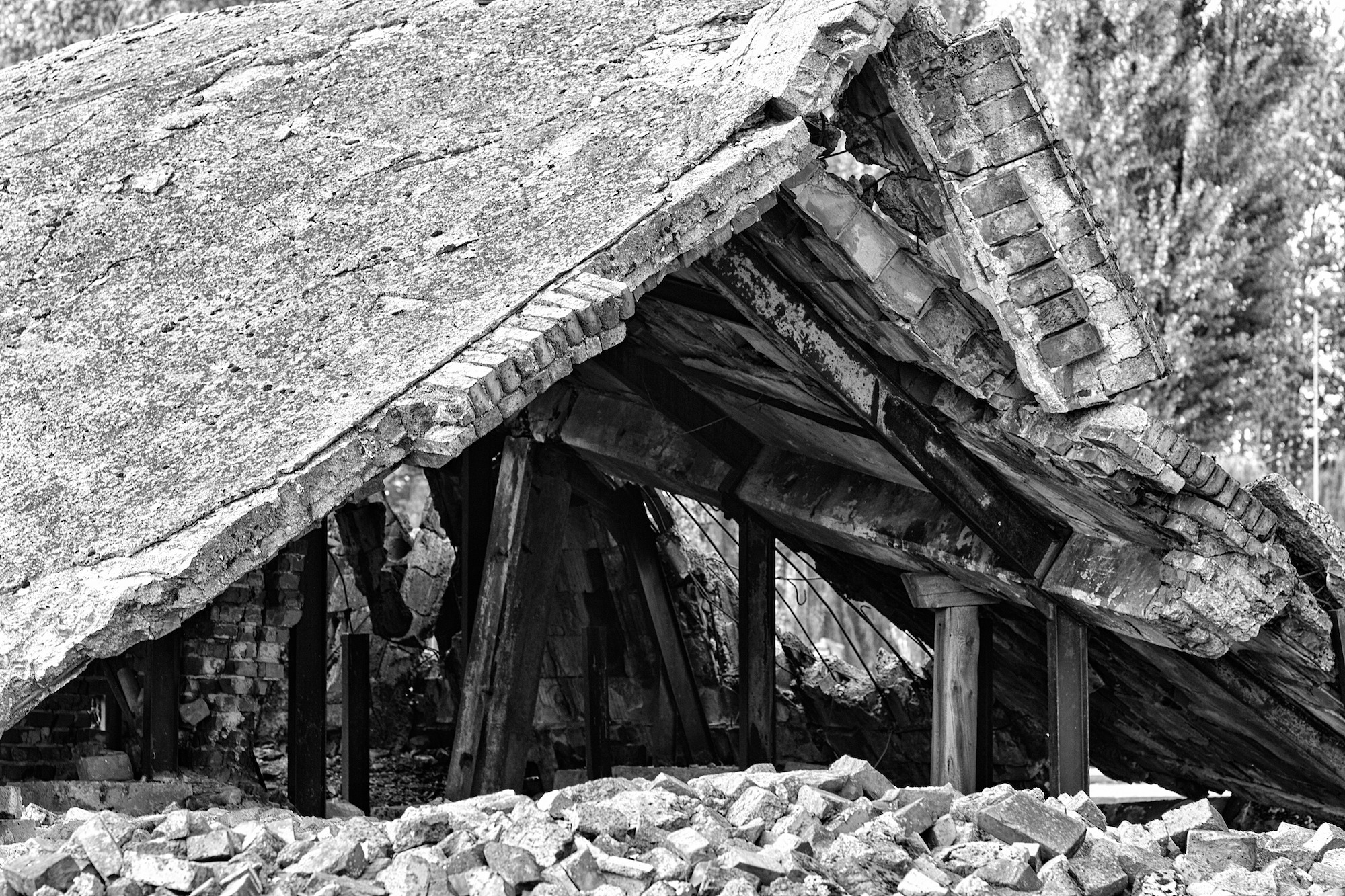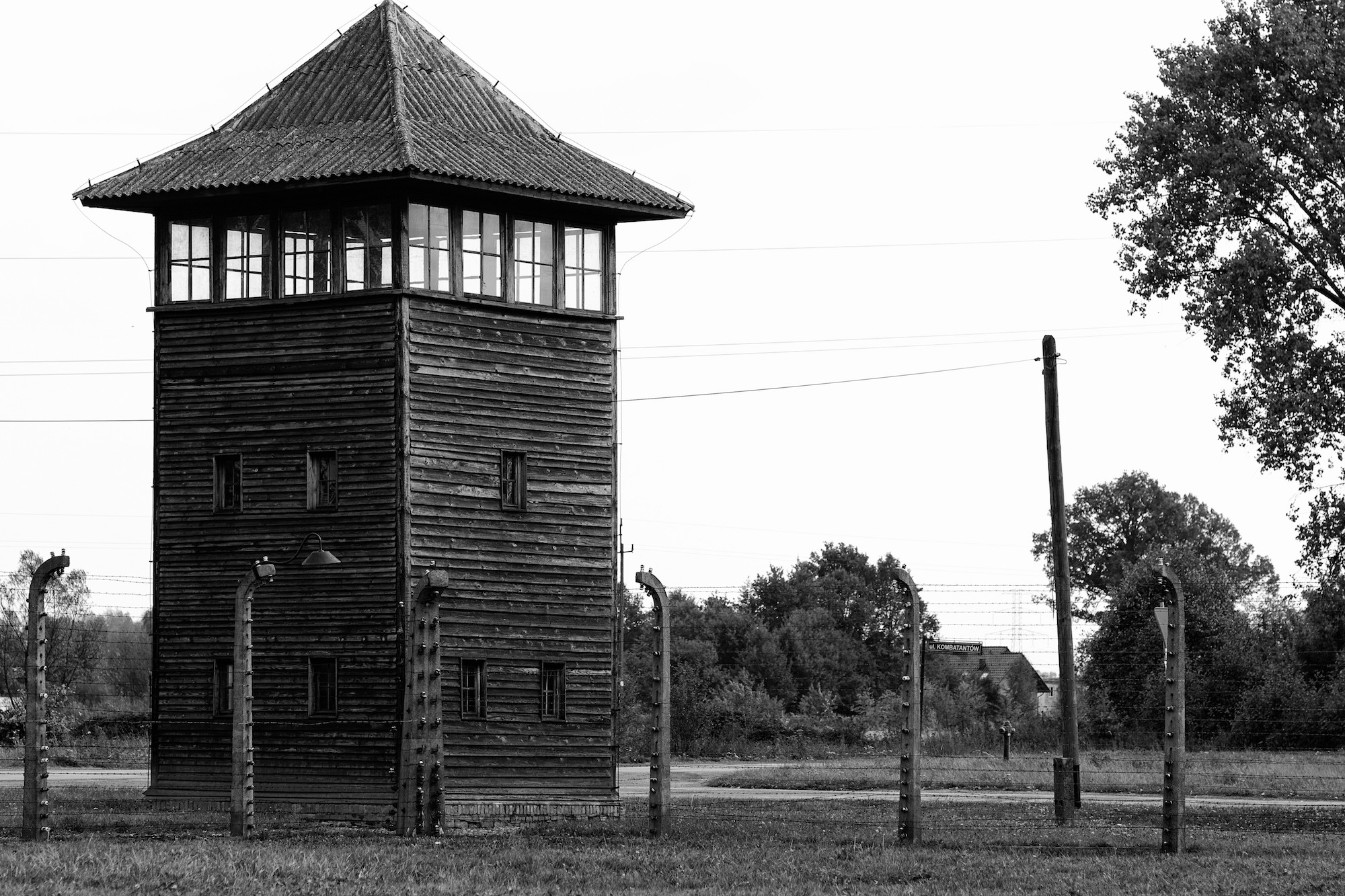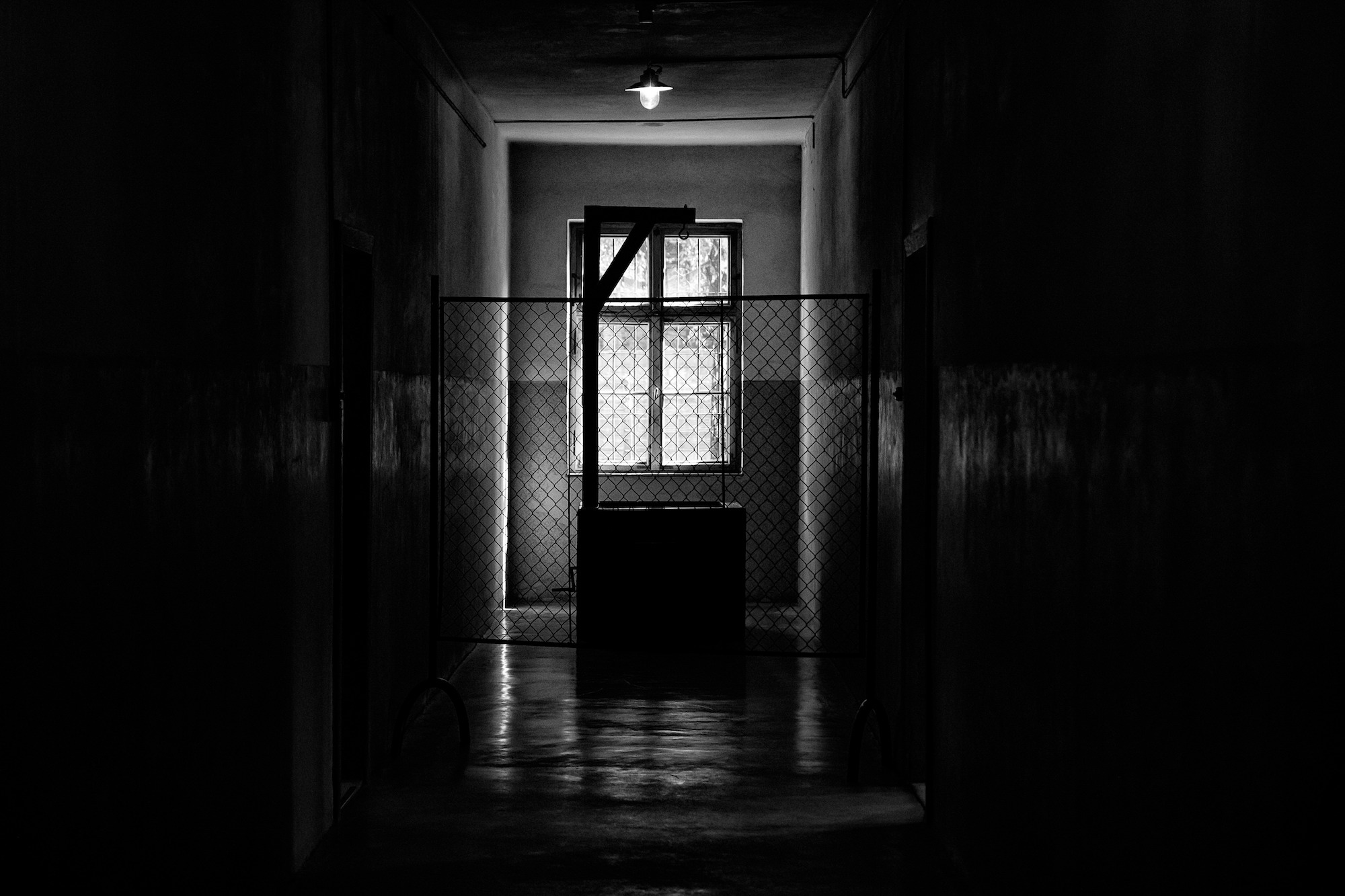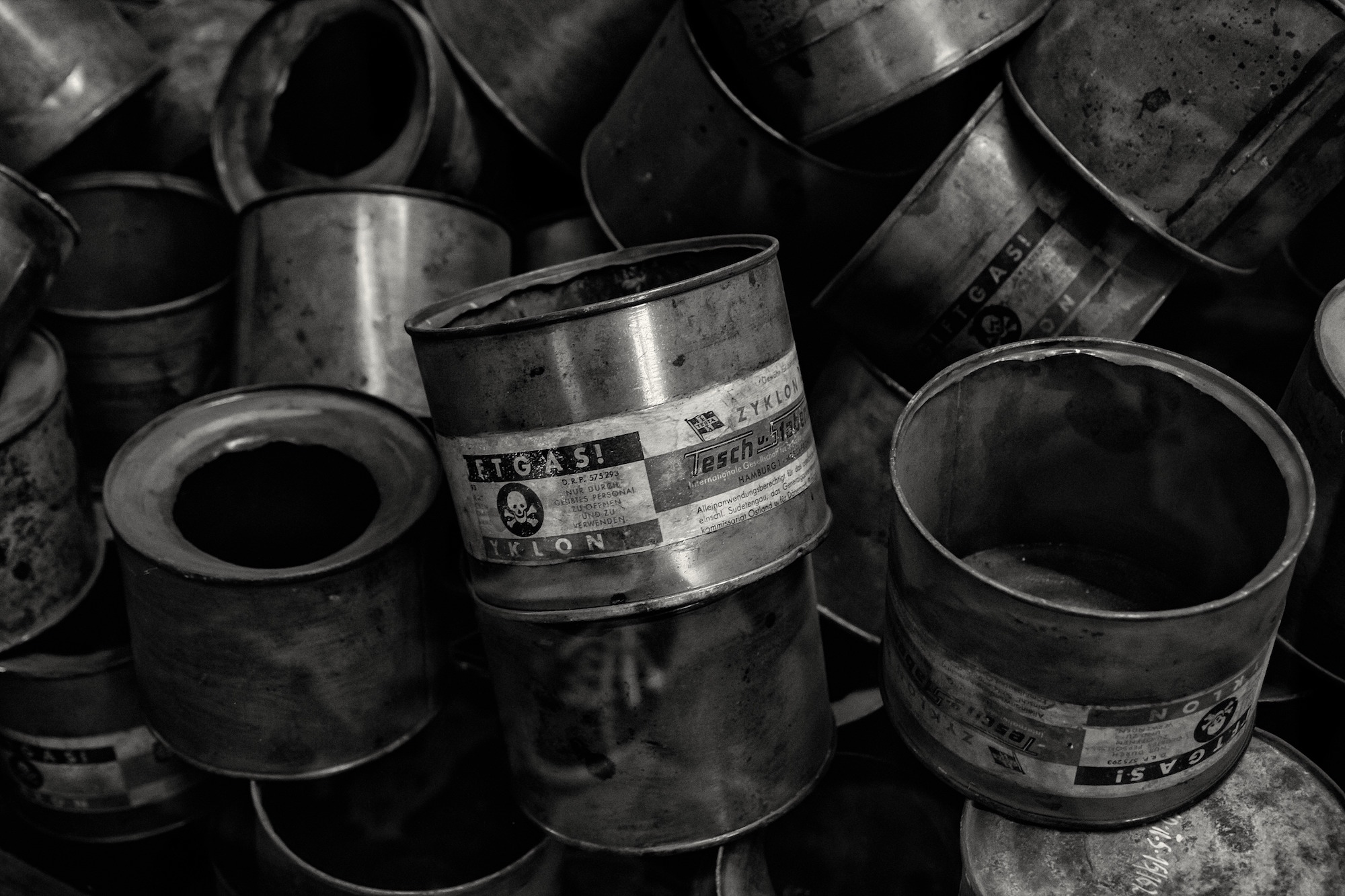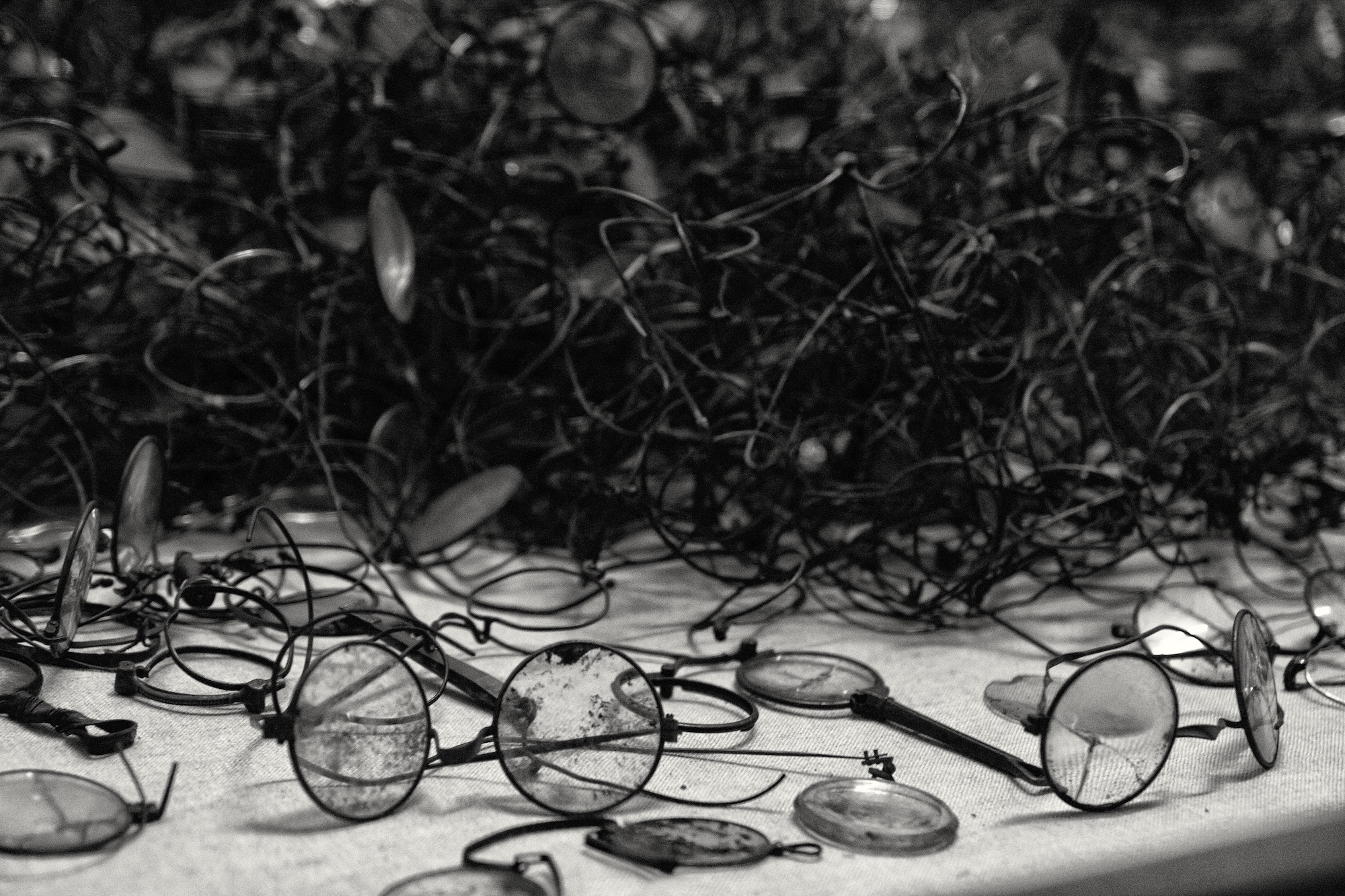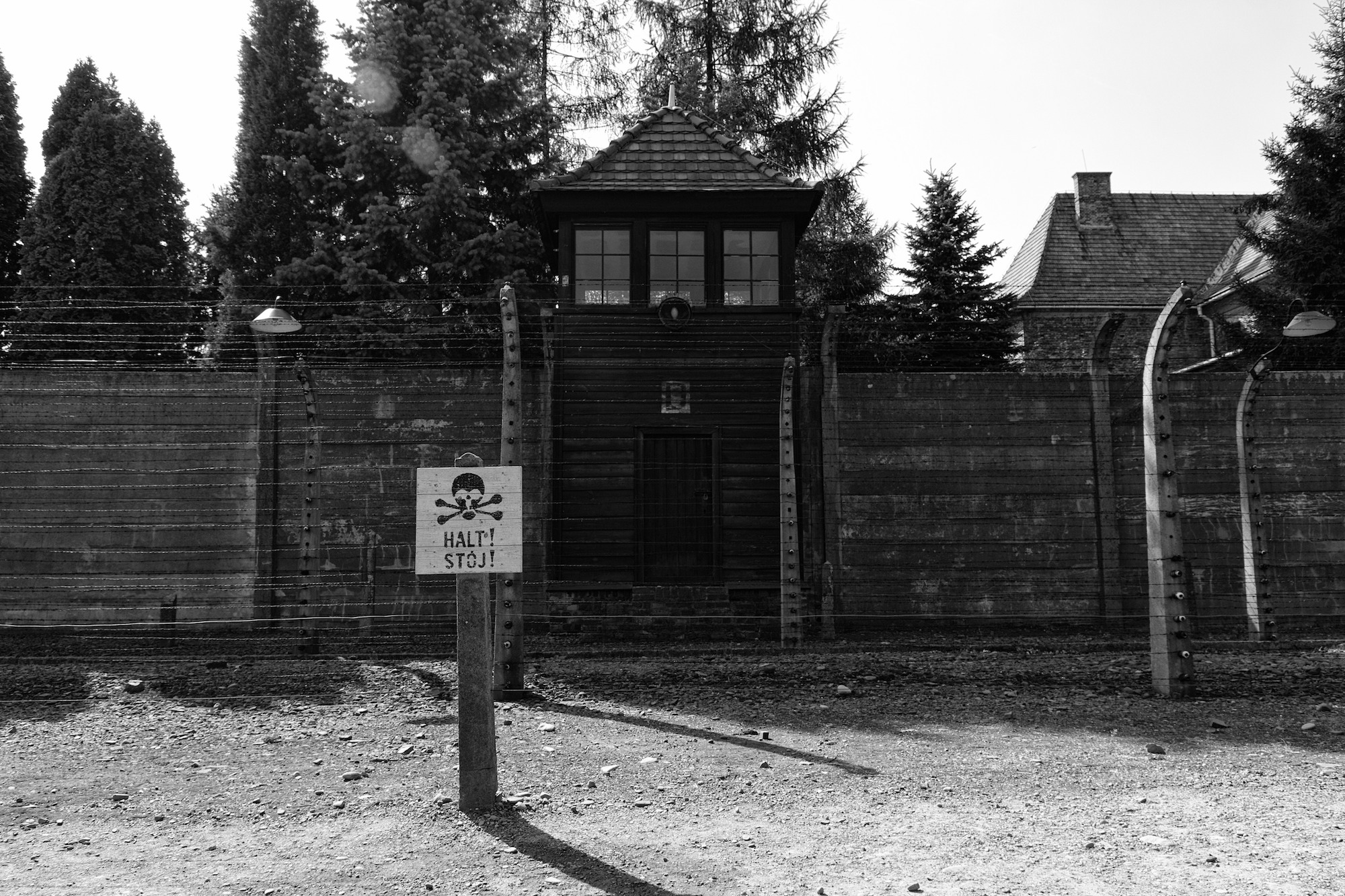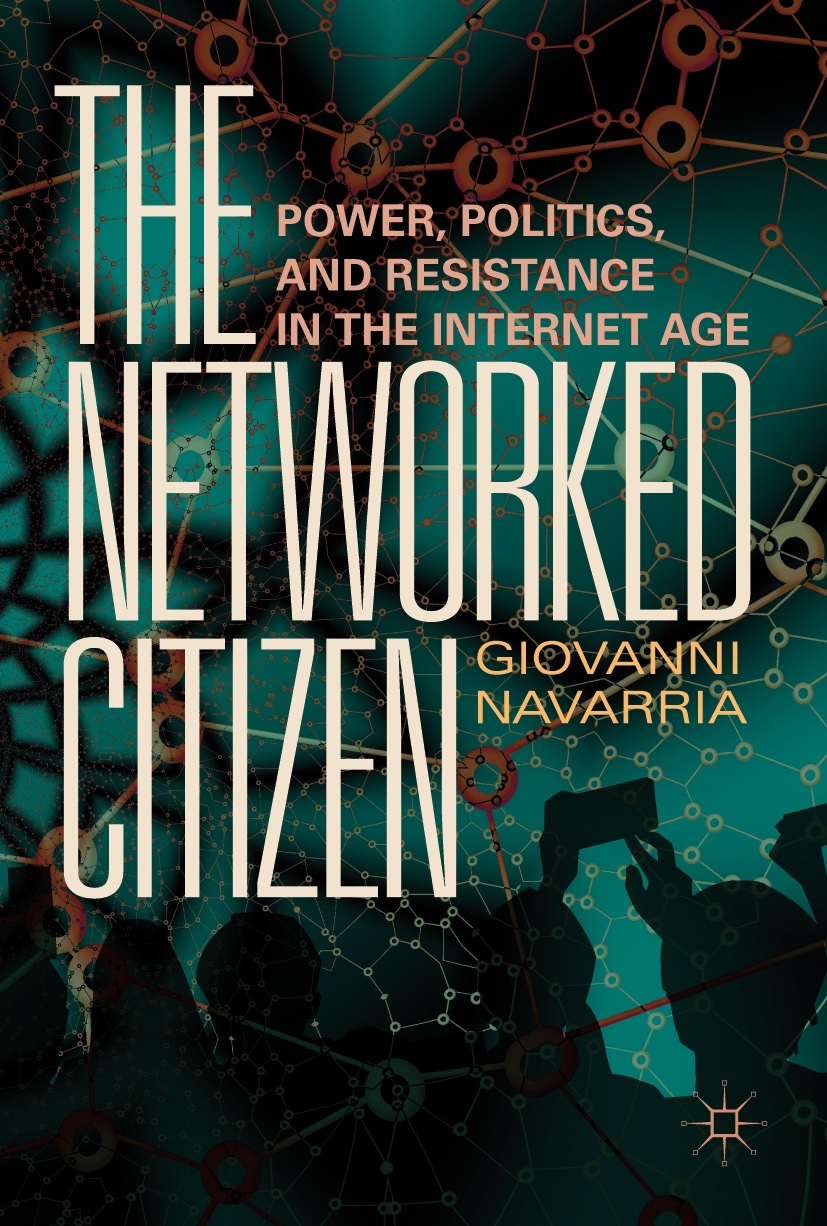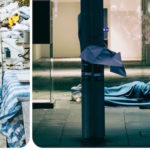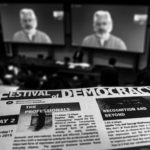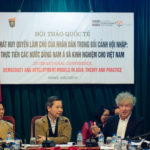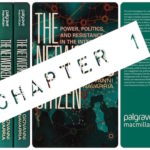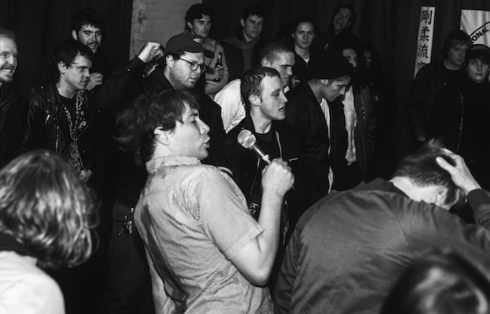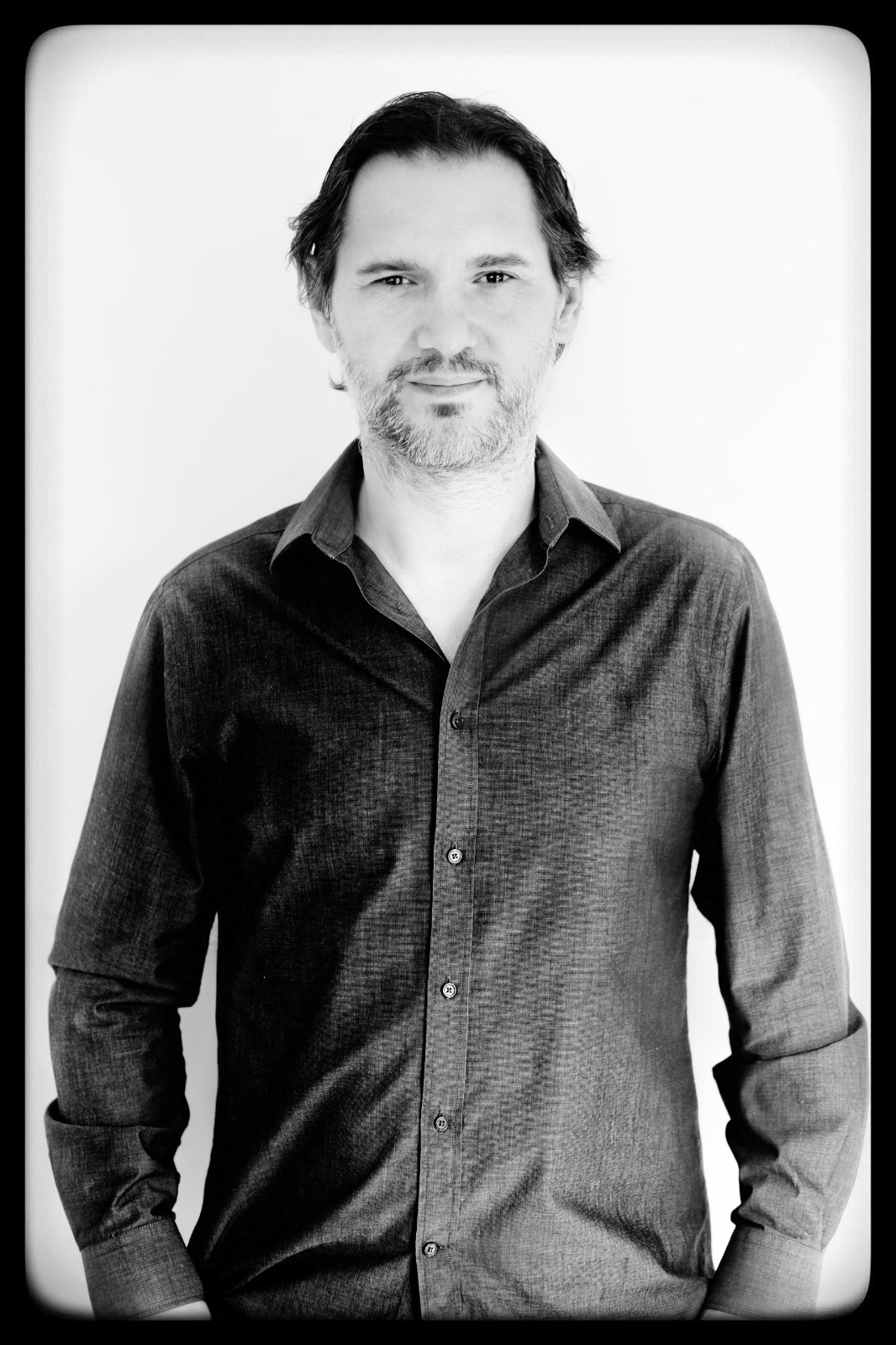Travel: Auschwitz-Birkenau
“Never forget that this has happened”
Few years ago, I travelled from Berlin to Poland. The idea was to spend a few days in Krakow then take a night train to Gdańsk. The trip was planned on the spur of the moment, with my partner. I had never been to Poland and I didn’t know what to expect. It was a long city break, at the end of a particularly hot Summer. I ended up liking Krakow, very much, more than Gdańsk. I especially loved the Old Town (Stare Miasto). Listed by Unesco as a World Heritage Site, Krakow’s old city centre is a beautiful collection of different styles and influences, from the Middle Ages, the Renaissance, and the Baroque era. The medieval Market Square at its heart, with its magnificent Renaissance era Cloth Hall and his Gothic Town Hall Tower is a sight to behold.
Life around town, I noticed, seemed to unfold at a slow pace. The people of Krakow were friendly but reserved. Every time we entered a restaurant or a shop, smiling faces would welcome us, but always somewhat shyly. It was nothing like the boisterous and – sometimes overwhelming – greetings I encountered too often in my native Italy. The food was generally good, though the options for not-meat-eaters like us were quite limited. Outside the centre, the city lost much of its touristical shine, but it never looked too ragged, as other eastern European cities. The only signs of dire poverty I came across were near the main train station, where homeless people seemed to congregate at night.
After strolling around the city for a couple of days, my partner was feeling tired and wanted to rest. As I still had some energy left in me, I decided to use the day to pay a visit to Auschwitz and Birkenau (the former Nazi concentration camps known on the map as Auschwitz I and Auschwitz II). Originally, I had planned not to go. I was ambivalent about whether it was ultimately the right thing to do. I had seen images and films of the camps many times before, a part of me feared going there in person would be too heartbreaking; the other part wondered if sharing the experience with the thousands of tourists who visit the site every day would taint my feelings. Eventually, I walked to the bus station and bought a ticket to the site. It didn’t take too long for the bus to cover the short distance to the outskirts of the city of Oświęcim, where the camps are located (see the virtual tour here). As I had feared, once I got off the bus I was met by throngs of tourists everywhere. My first stop was Auschwitz I and only a couple of hours later I proceeded to Birkenau. My first impression of Auschwitzwas was somewhat unexpected and troubling. The place, at least from inside, moving along the walkways, looked (misleadingly) just like any other block of barracks. There was something oddly familiar to all of it. It wasn’t only the “images” I knew, (how many times had I seen the infamous sign hanging on the camp’s entrance?), but also the buildings and the roads, they reminded me of some parts of Berlin. It was a false impression, of course, but it stuck with me for some time and affected my mood. As I walked along the tree-lined streets, I felt much less than I had expected. My mood, however, changed quickly once I entered a corridor with two rows of photos of prisoners (apparently the Nazi had initially wanted to take photos of each and every prisoner, the project was abandoned once they understood it would be too costly – always the efficient regime!) Later, walking around the museum, the dozens of suitcases and personal belonging of the prisoners became an eerie reminder of all those people that had lost their lives there. I had to walk out of the building before my emotions took hold of me. But the enormity of the tragedy became starkly clear once I travelled the 1 km distance to Birkenau.
I spent a few daunting hours in the second camp, but this time, I tried to stay away from the large group of tourists. I walked around, mostly trying to fathom what it might have felt like to be a prisoner there. But could I or anyone else ever really understand? I have never experienced anything remotely so overwhelming.
Along the way, I began taking pictures. Though at first I felt as if I was being disrespectful of the millions who had died (not only there), I wanted to see whether my camera could capture something my eye couldn’t see. The loneliness of the place perhaps is in the pictures, but the tragedy, I guess, is unfathomable.
Walking around the ruins of one of the most horrifying reminders of the madness of the Nazi Regime and World Word II, I realized that, no matter how much I tried, I couldn’t even begin to imagine the horror of trying to survive in that camp more than a day, let alone one year or longer. The evening air was chilly, yet nothing like the cold winters the prisoners must have endured in those ill-equipped barracks. Feeling dismayed and lost, I recalled Primo Levi’s account of his time at Auschwitz in If This is a Man. Looking around me, I felt like I finally understood the meaning of Levi’s warning to his readers: “Never forget that this has happened”. I certainly won’t.
In your warm houses,
You who find warm food
And friendly faces when you return home.
Consider if this is a man
Who works in mud,
Who knows no peace,
Who fights for a crust of bread,
Who dies by a yes or no.
Consider if this is a woman
Without hair, without name,
Without the strength to remember,
Empty are her eyes, cold her womb,
Like a frog in winter.
Remember these words.
Engrave them in your hearts,
When at home or in the street,
When lying down, when getting up.
Repeat them to your children.
Or may your houses be destroyed,
May illness strike you down,
May your offspring turn their faces from you”
Primo Levi, If this is a Man
